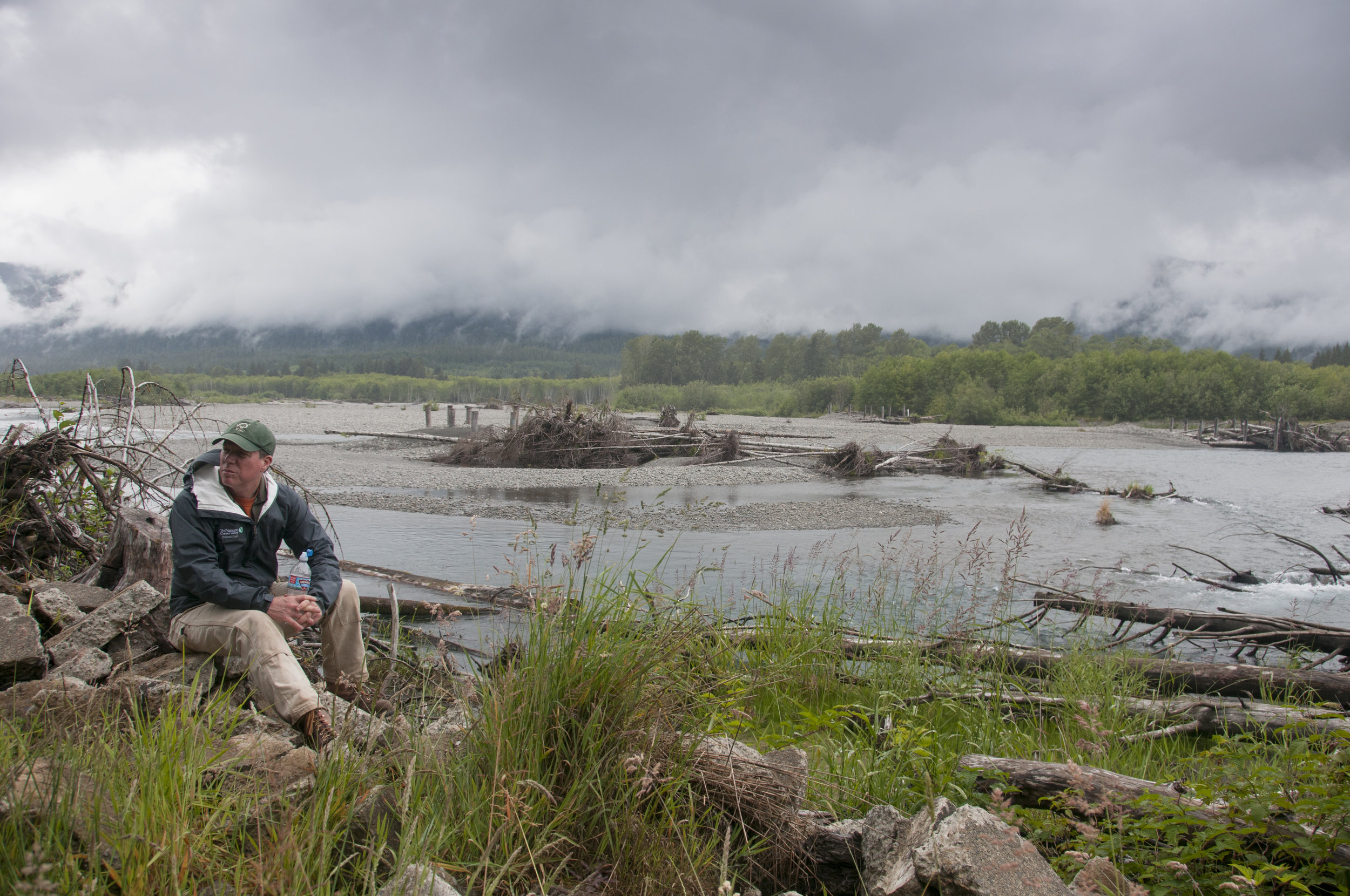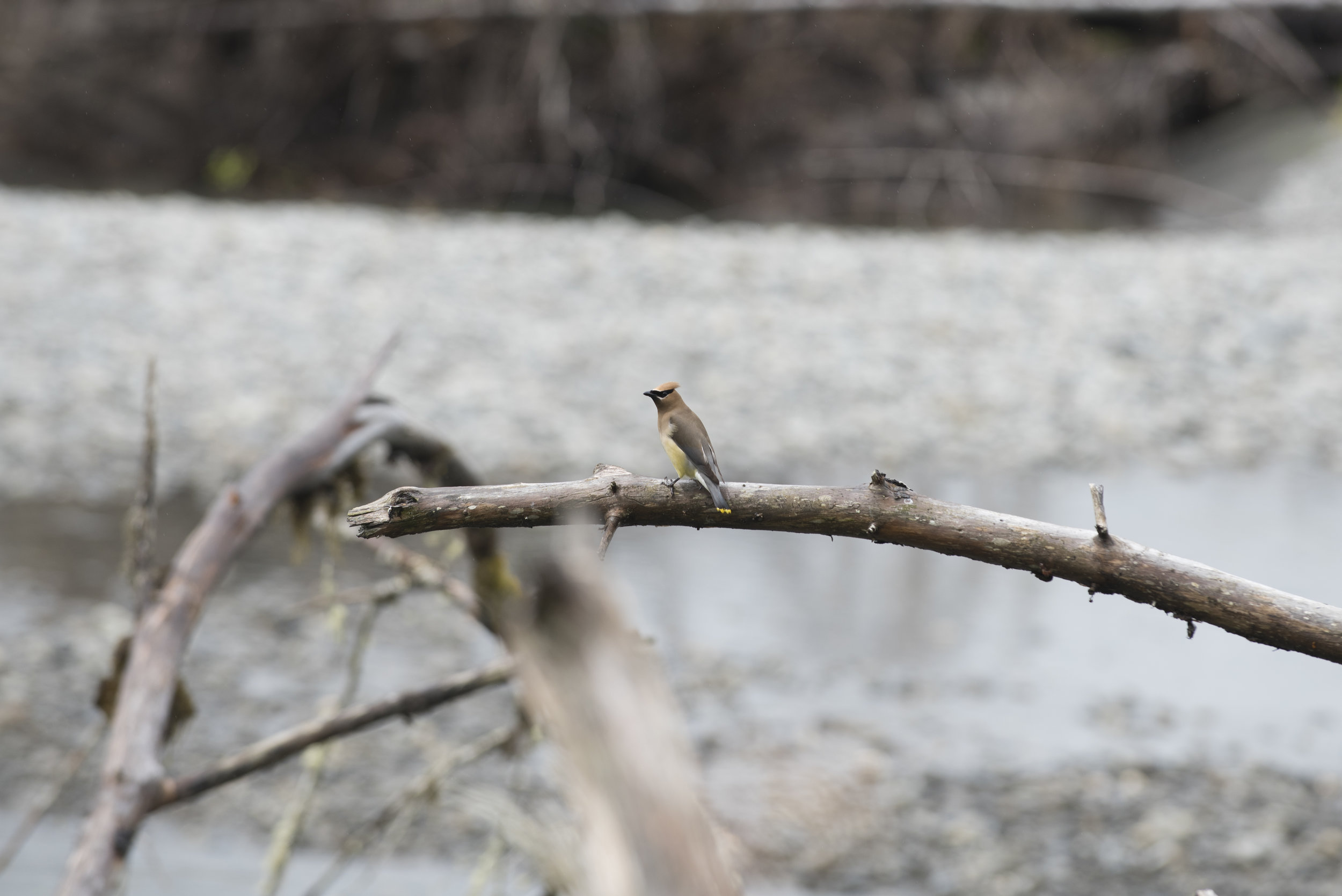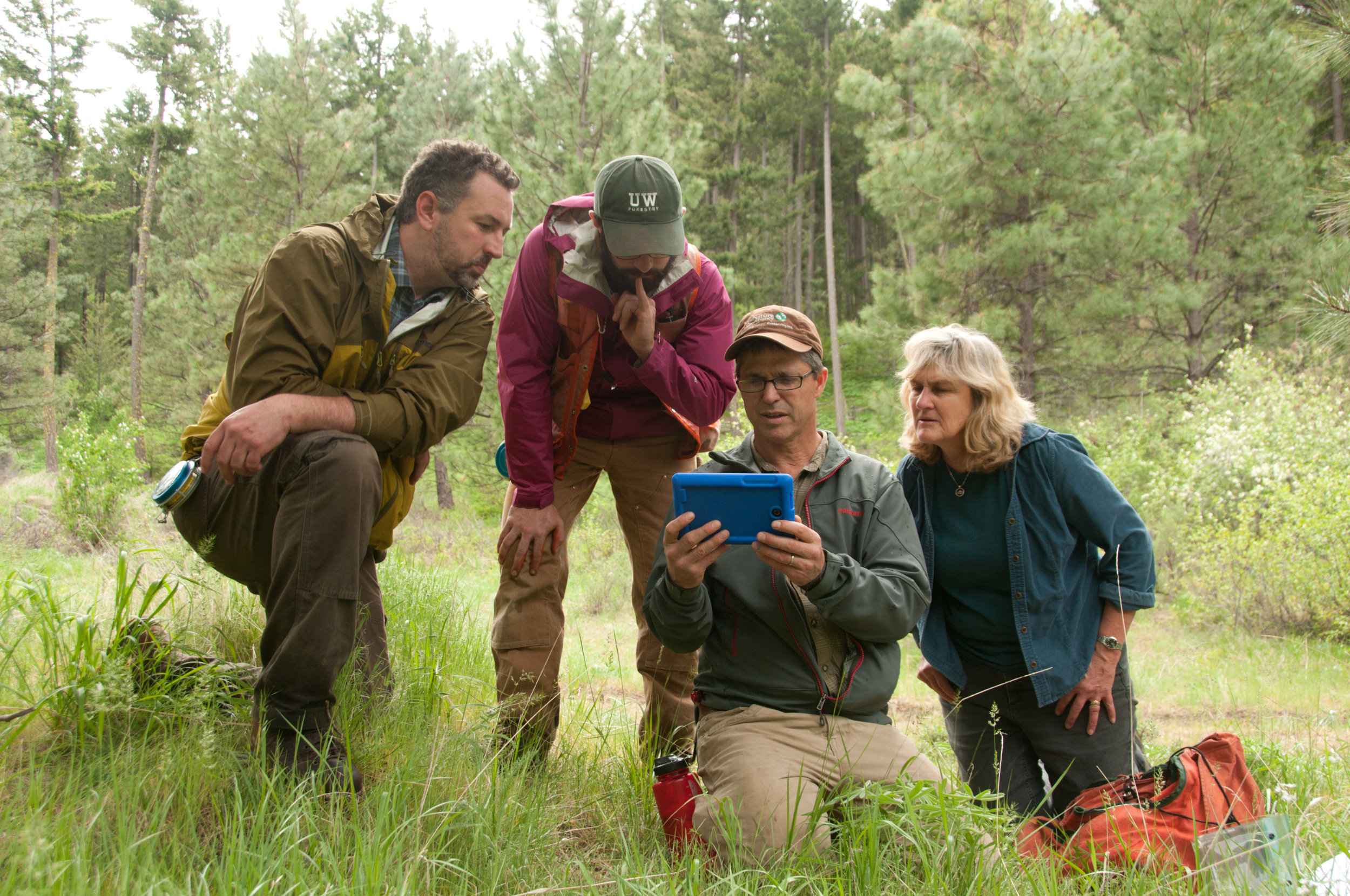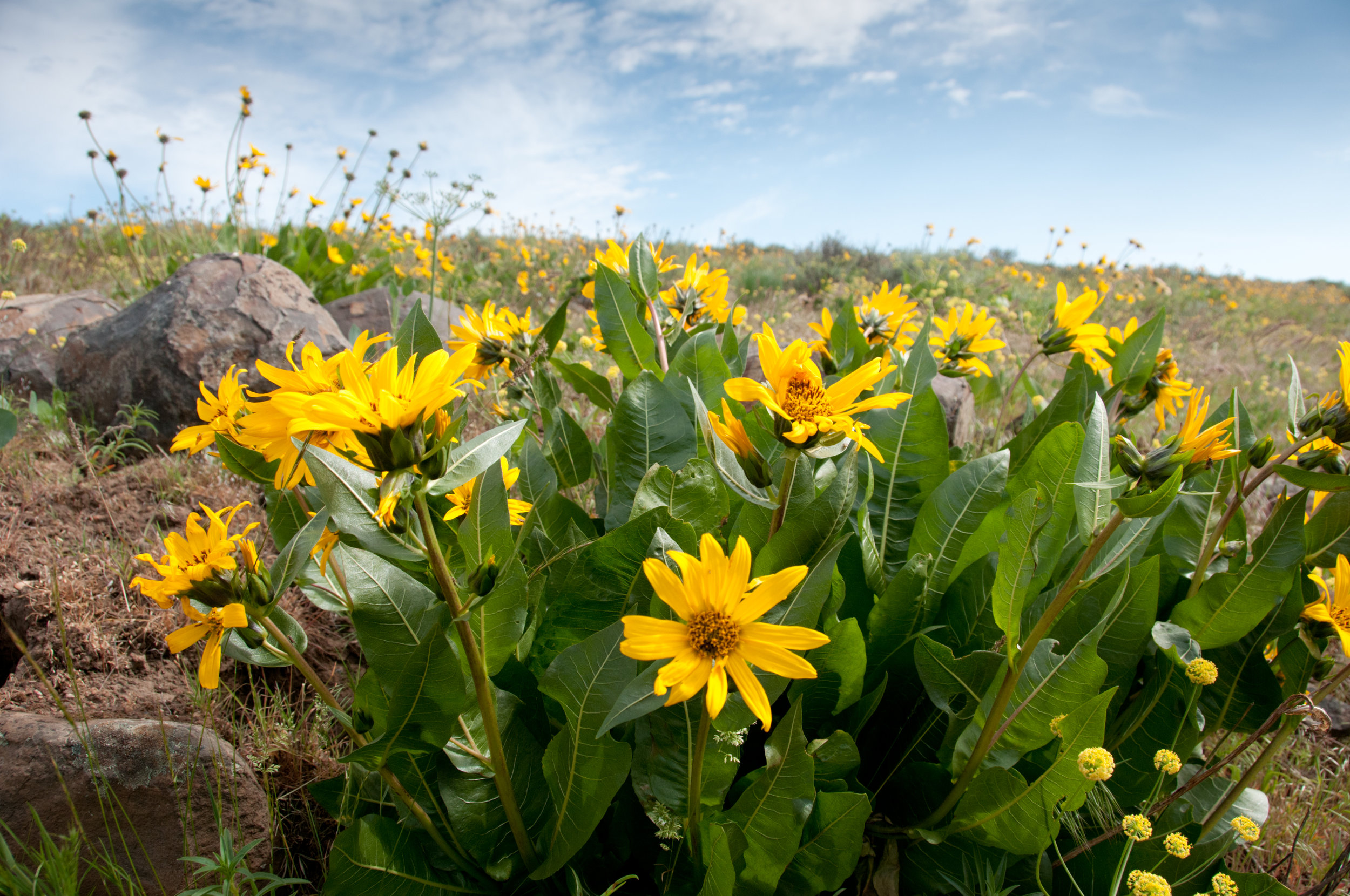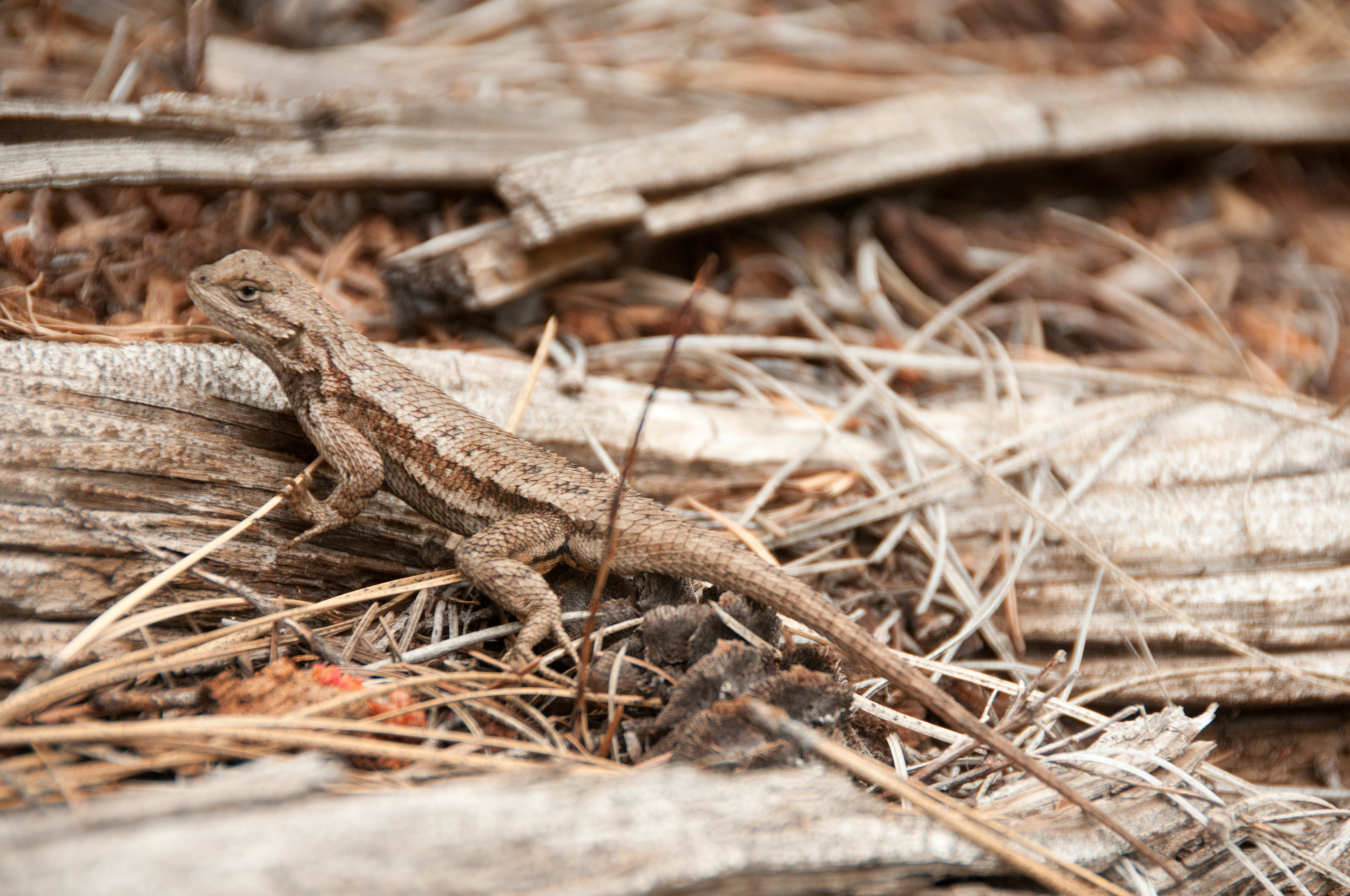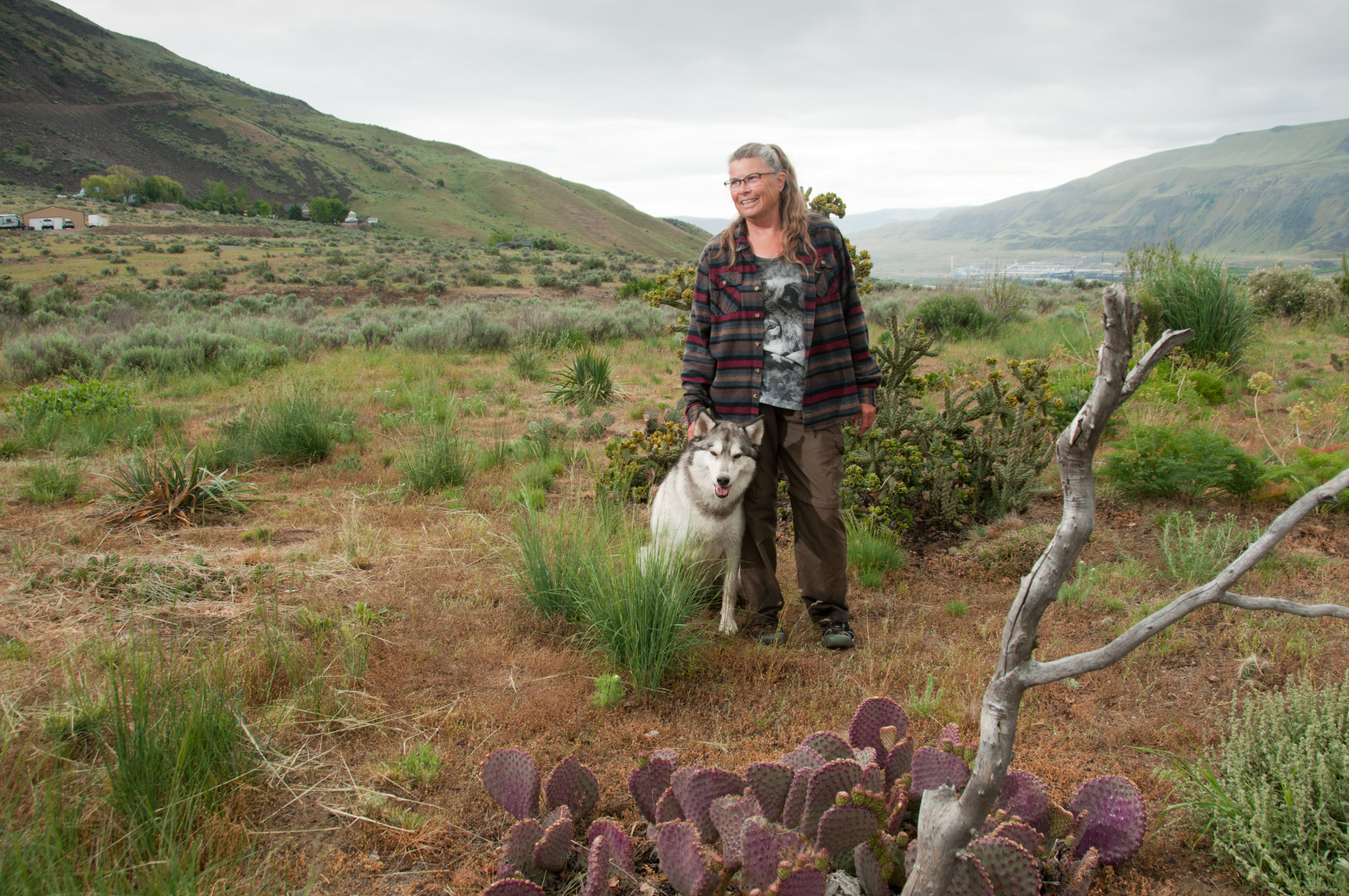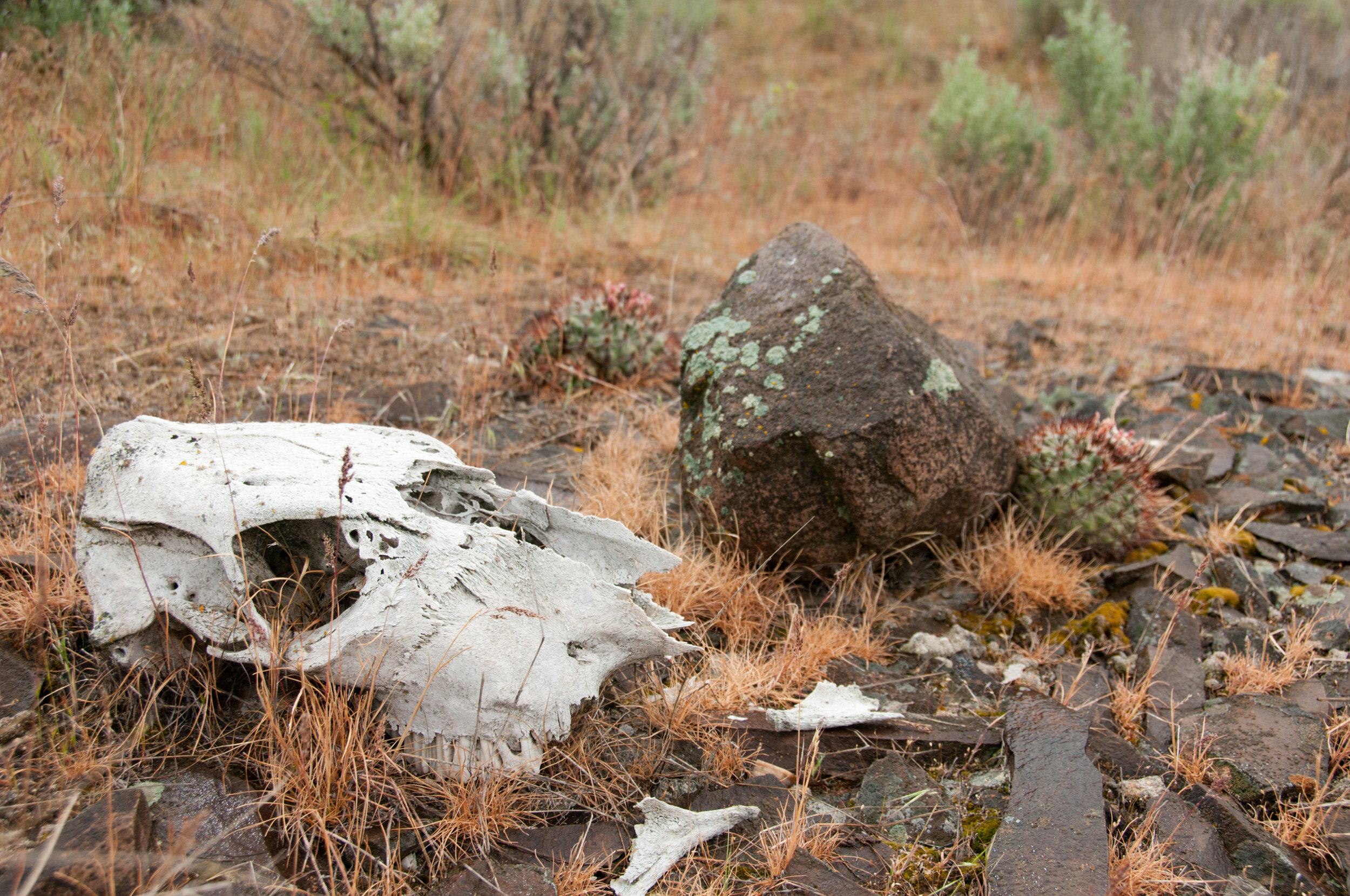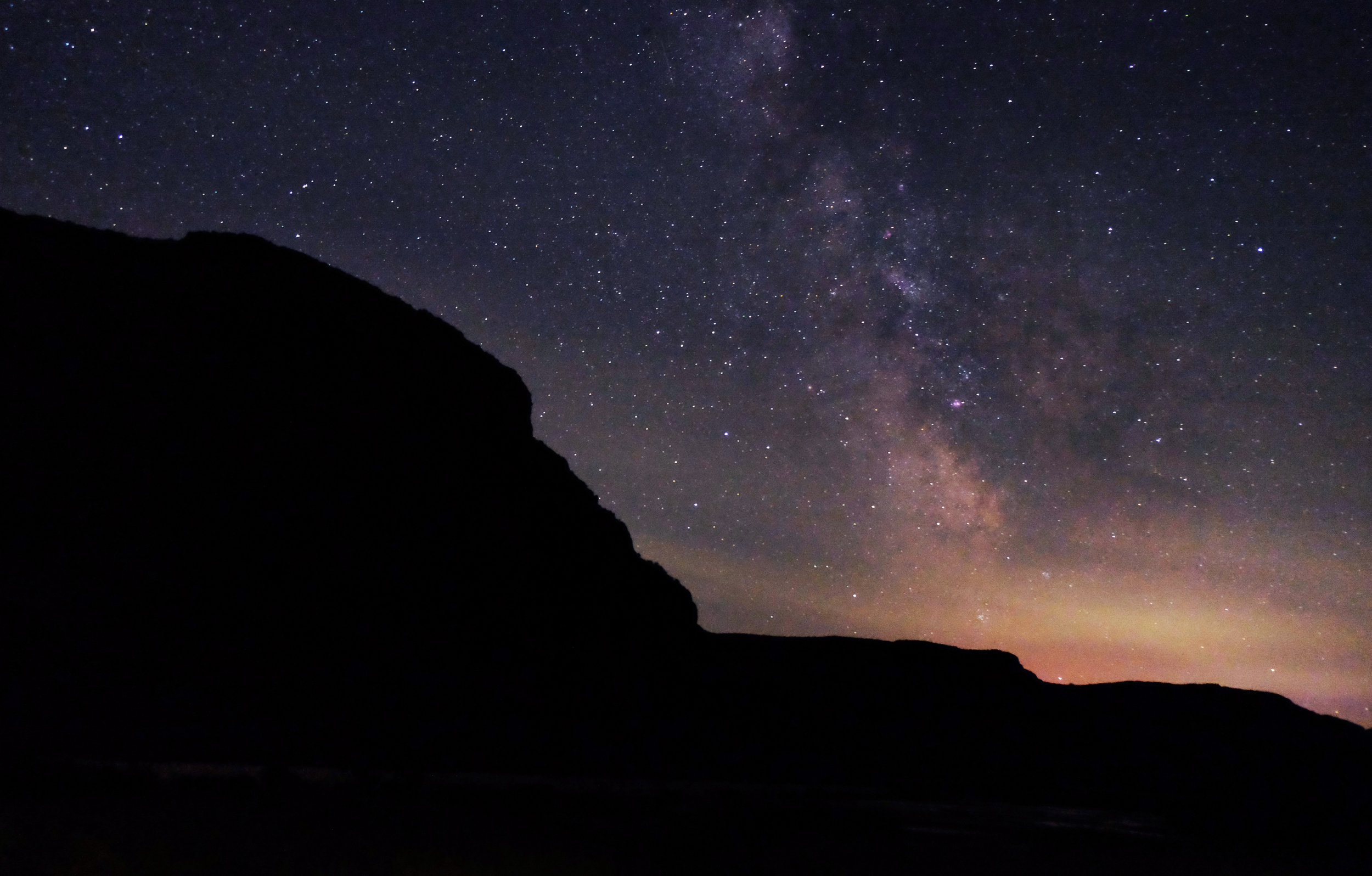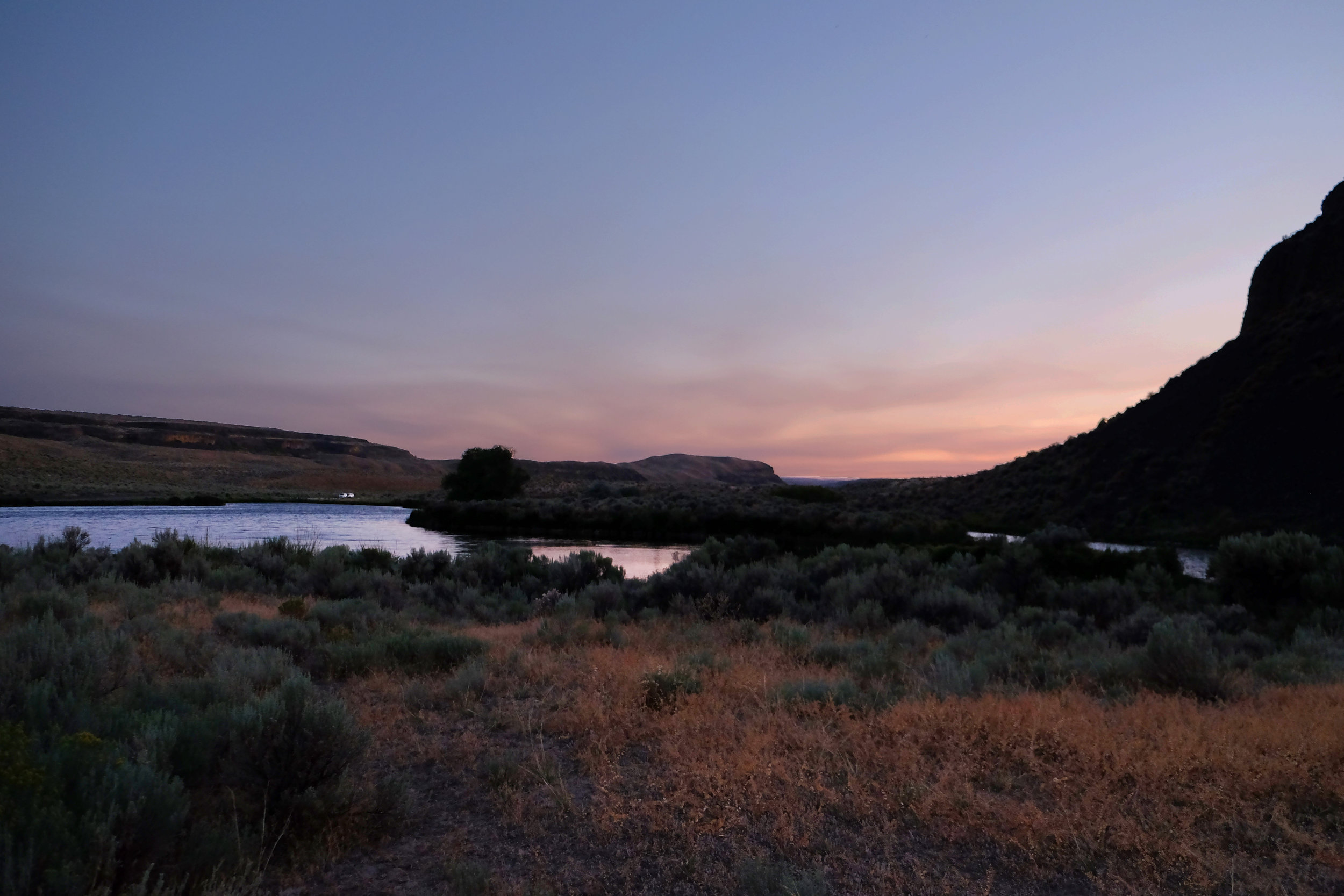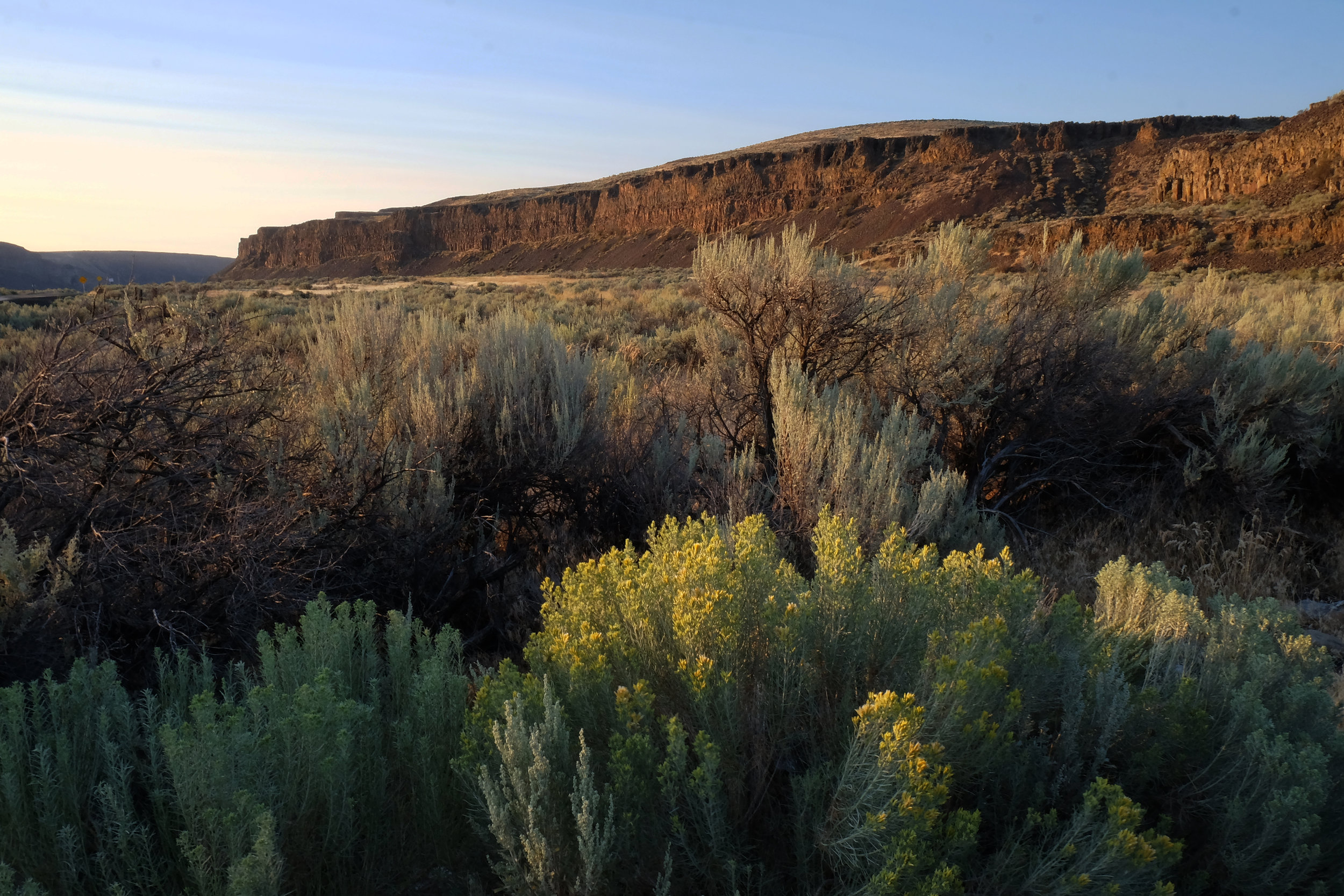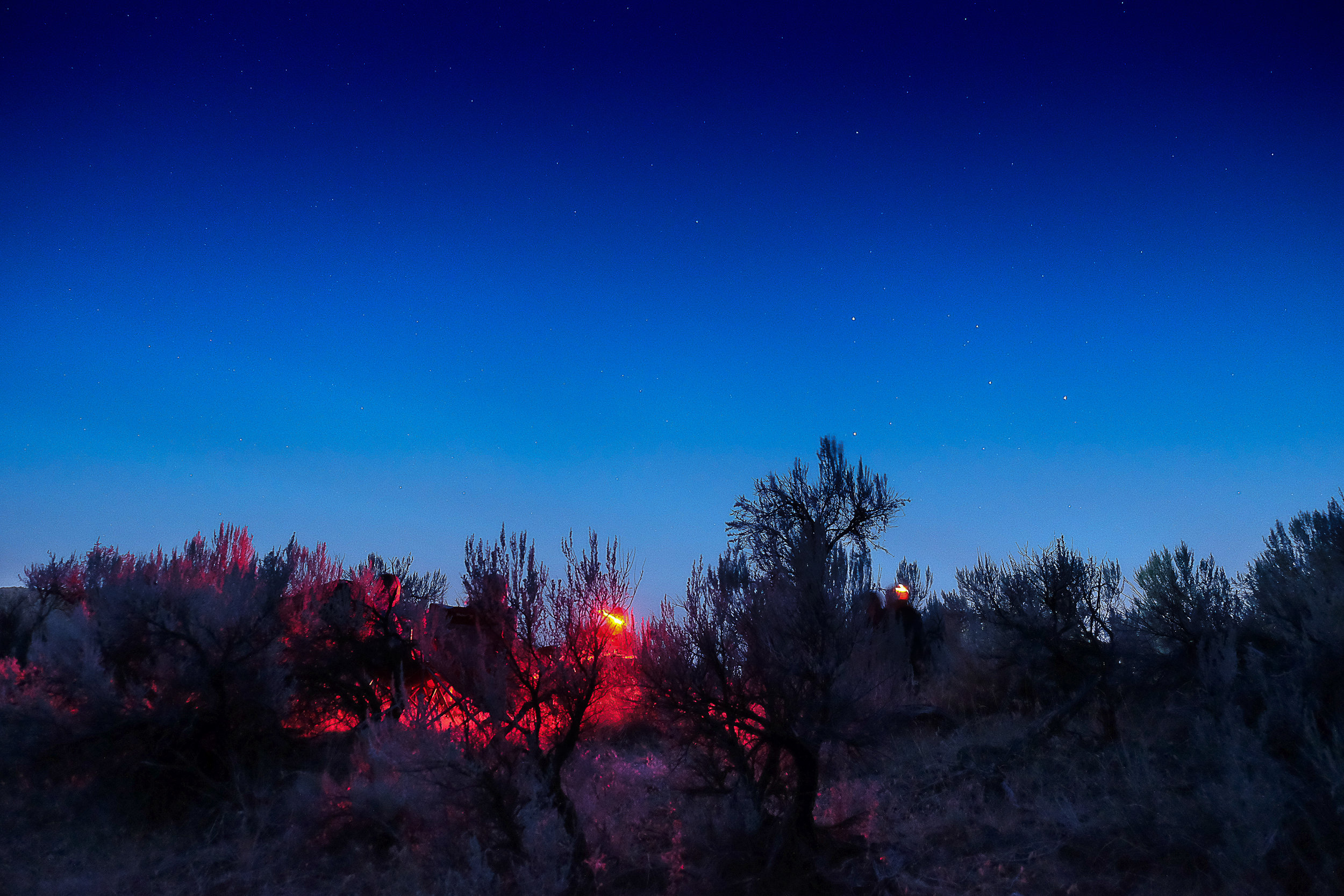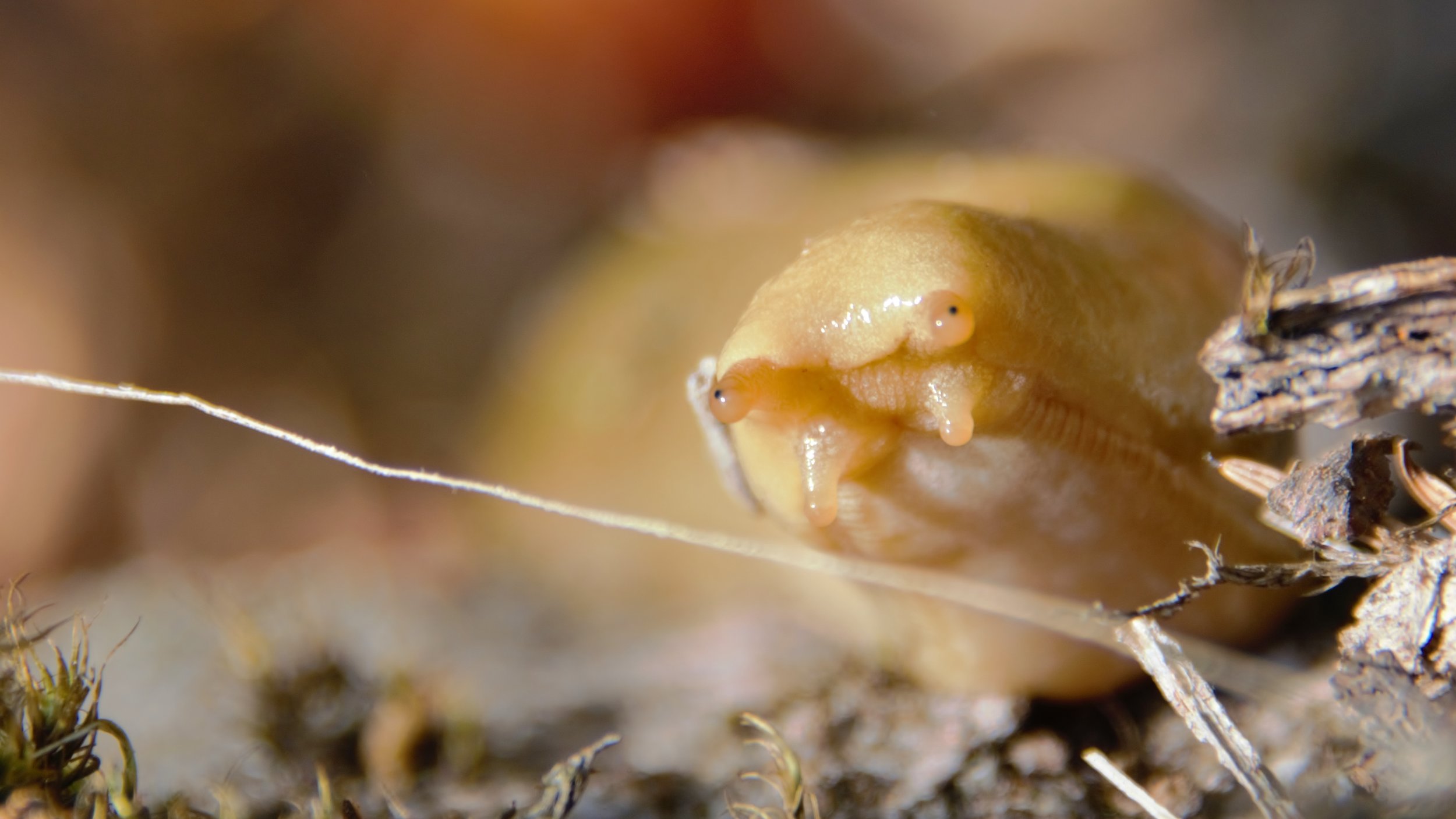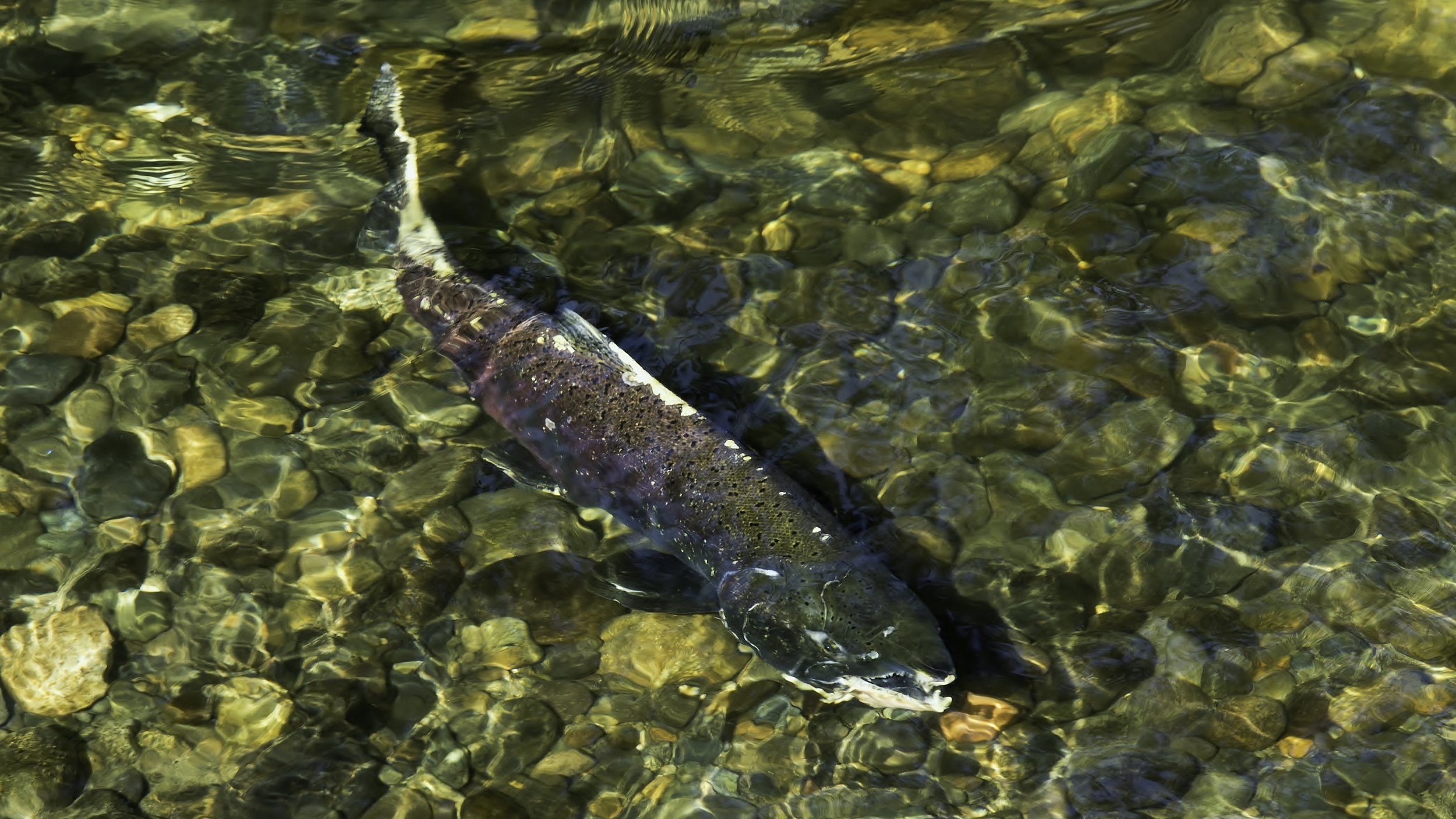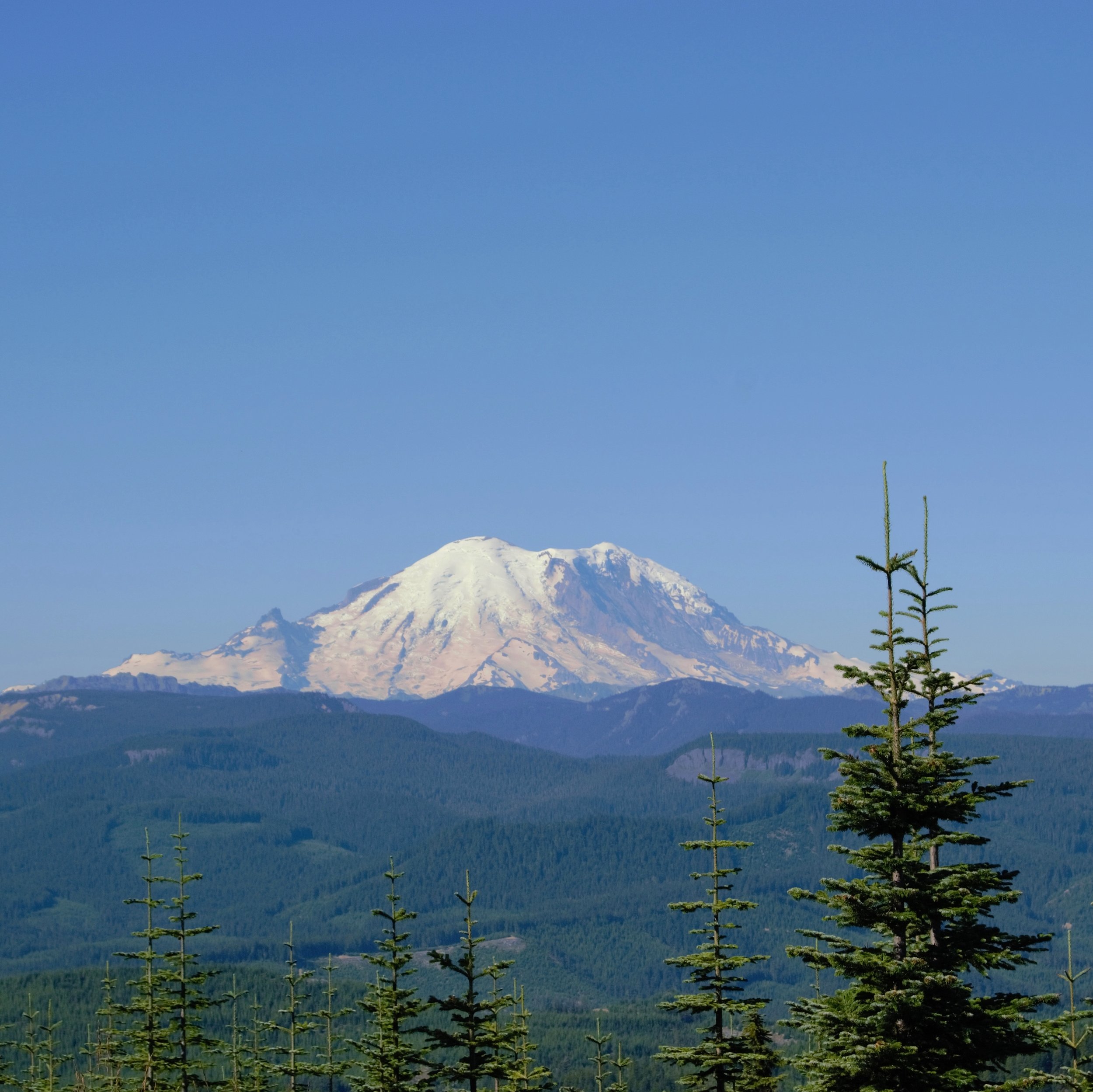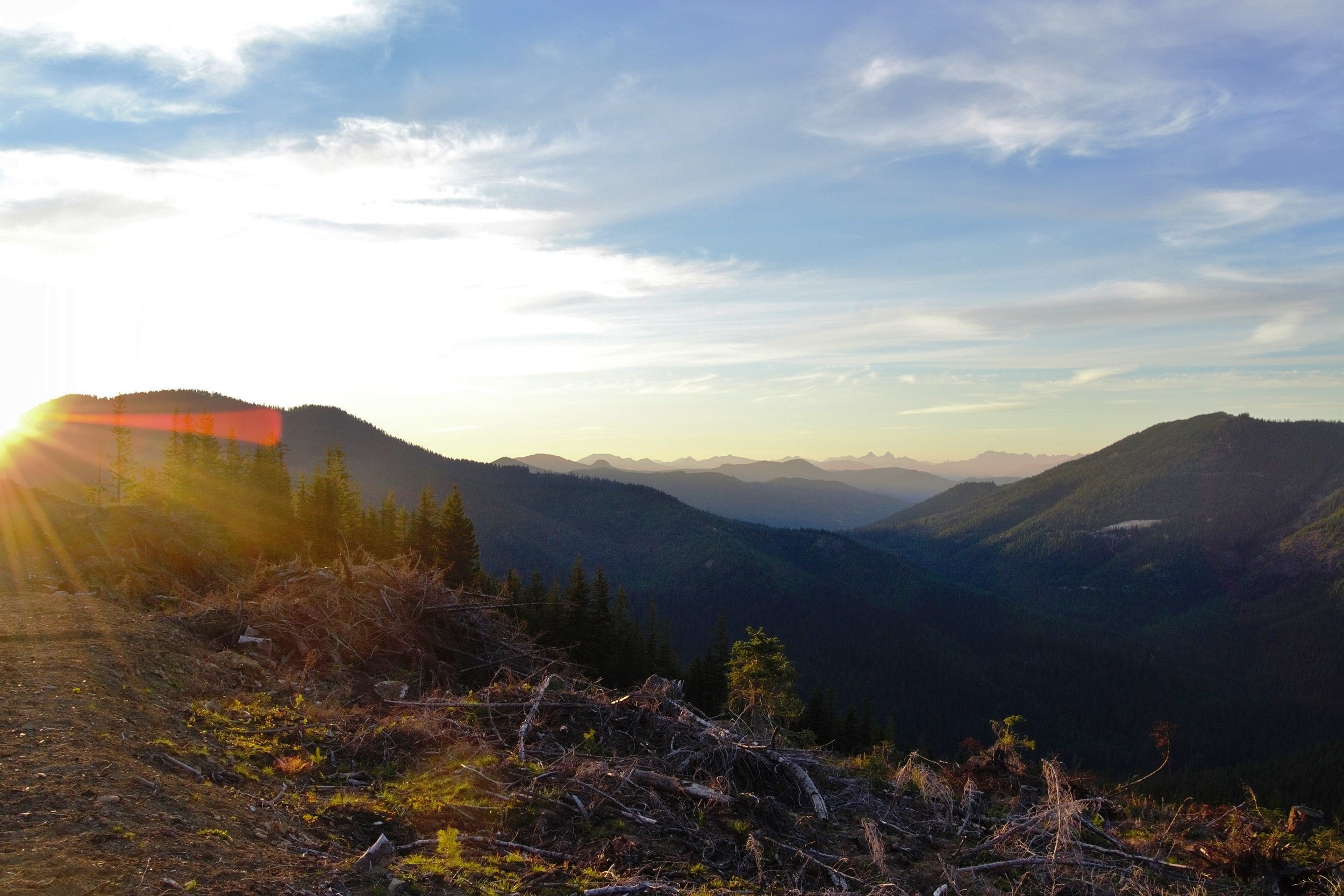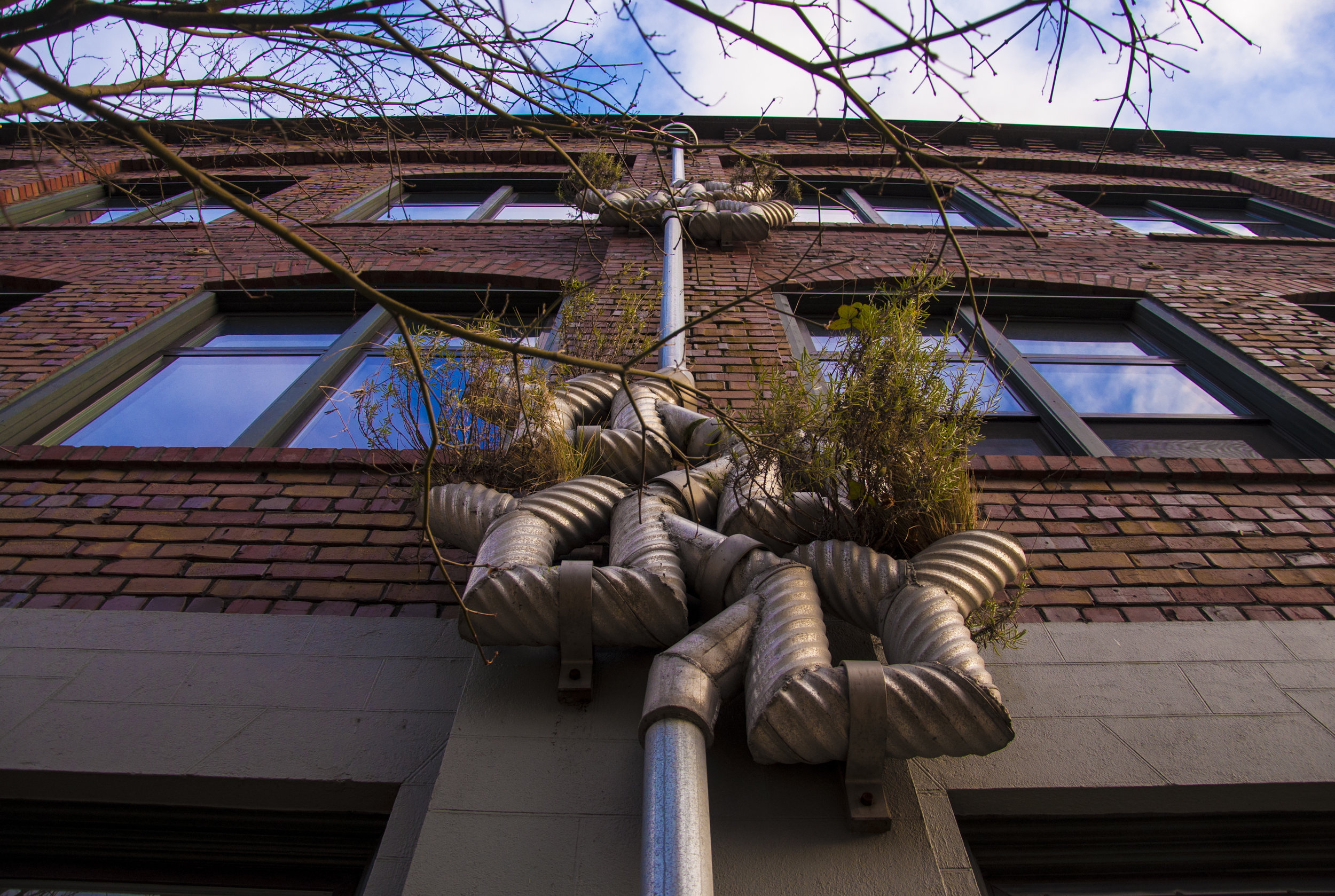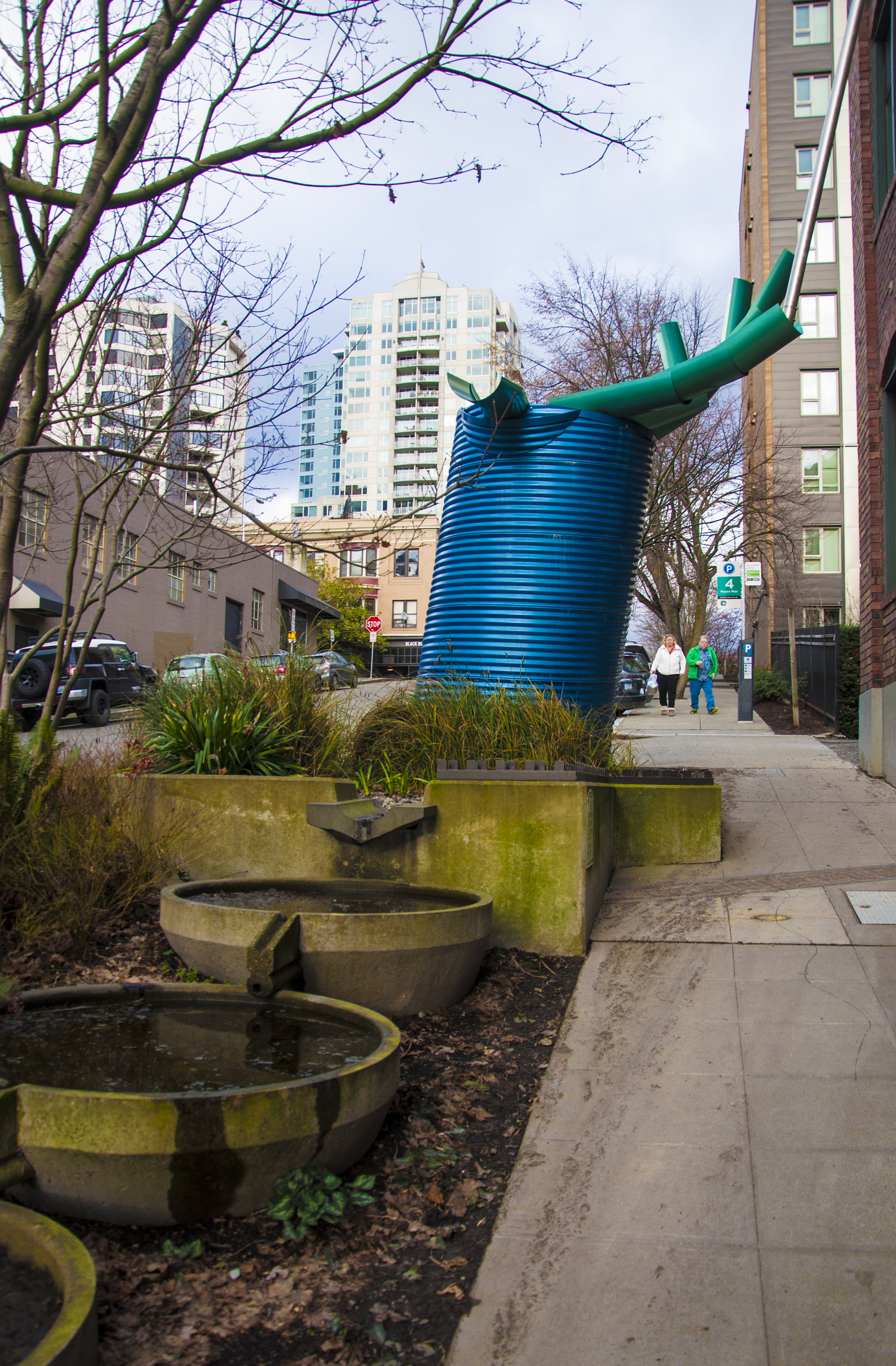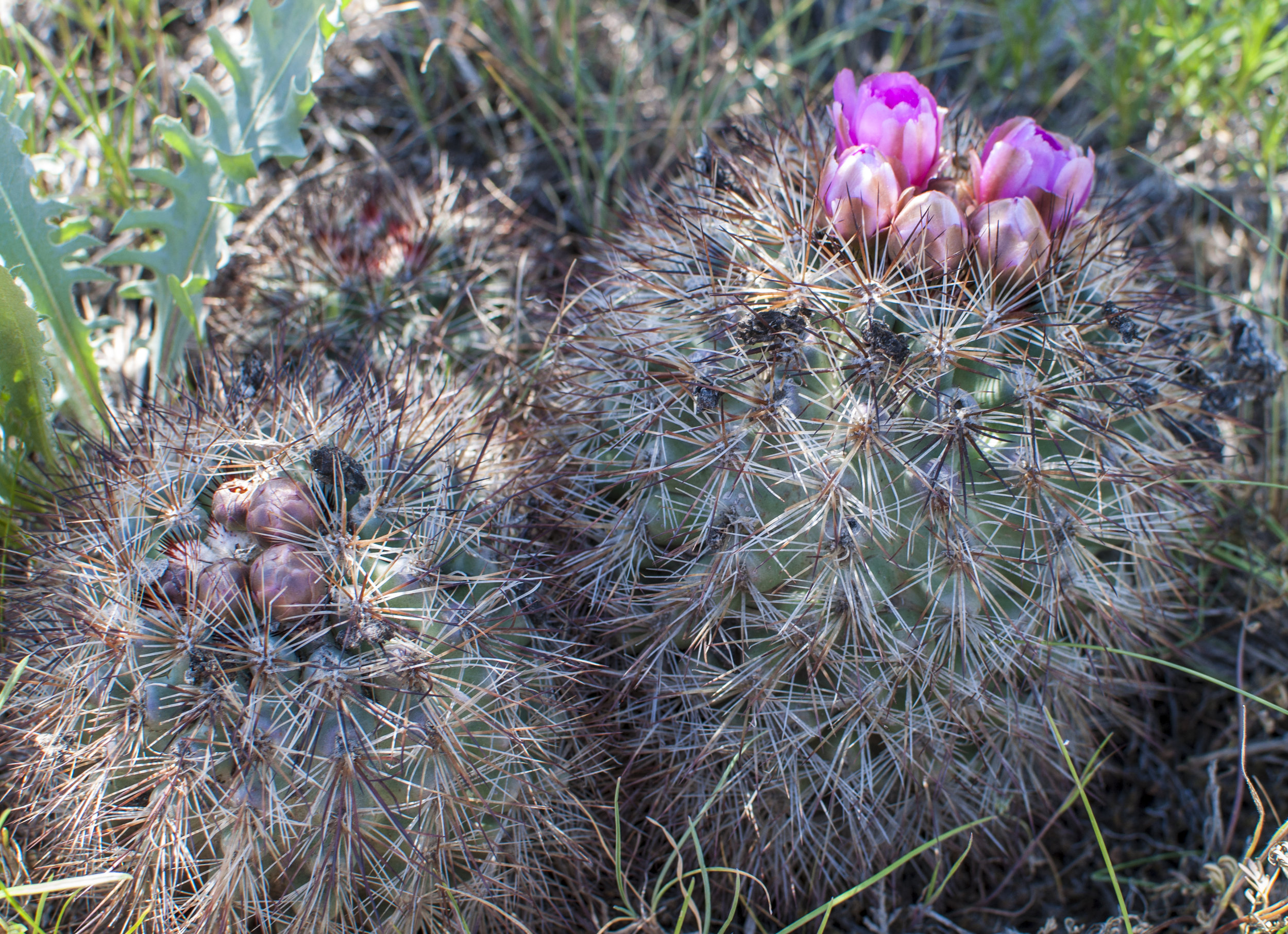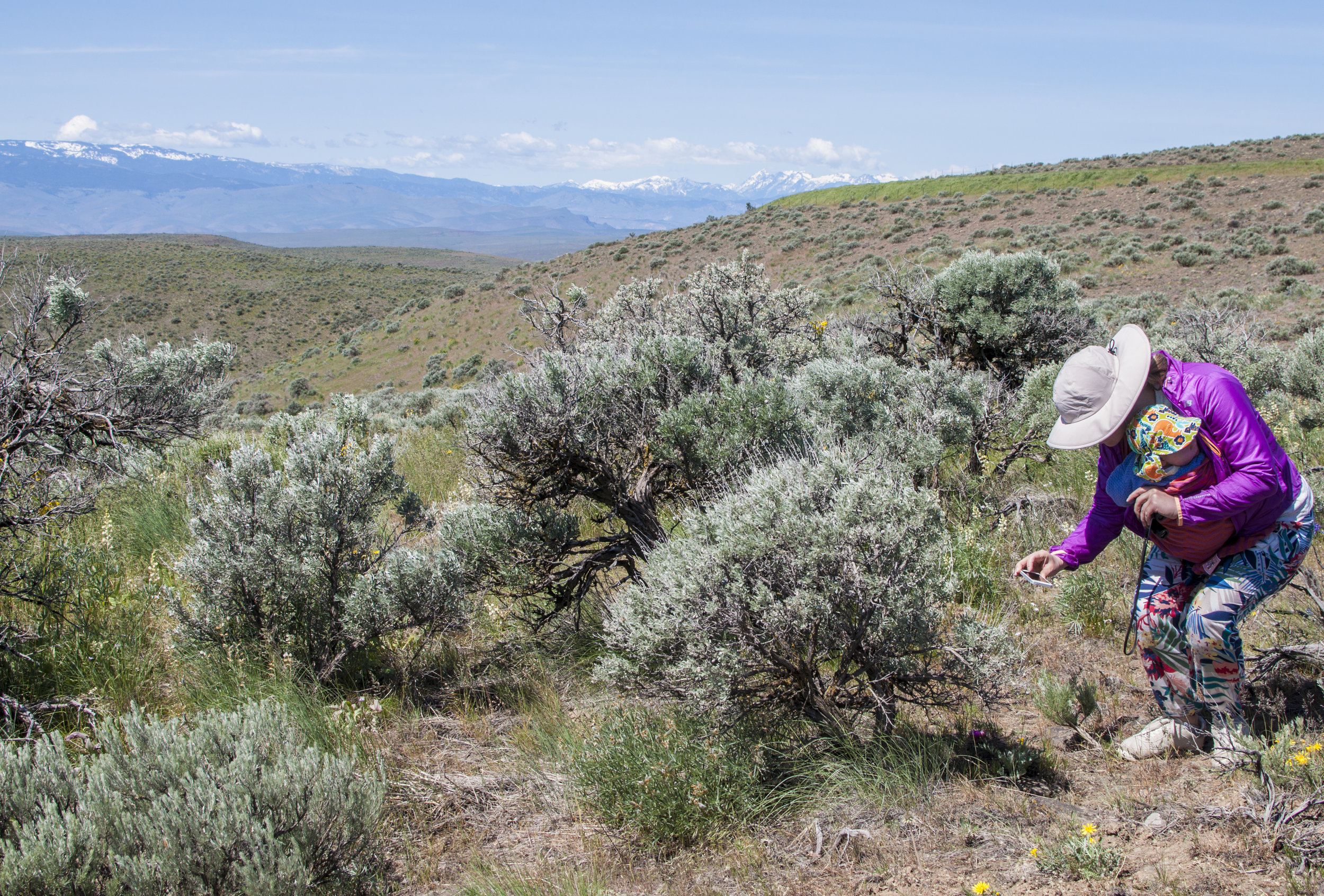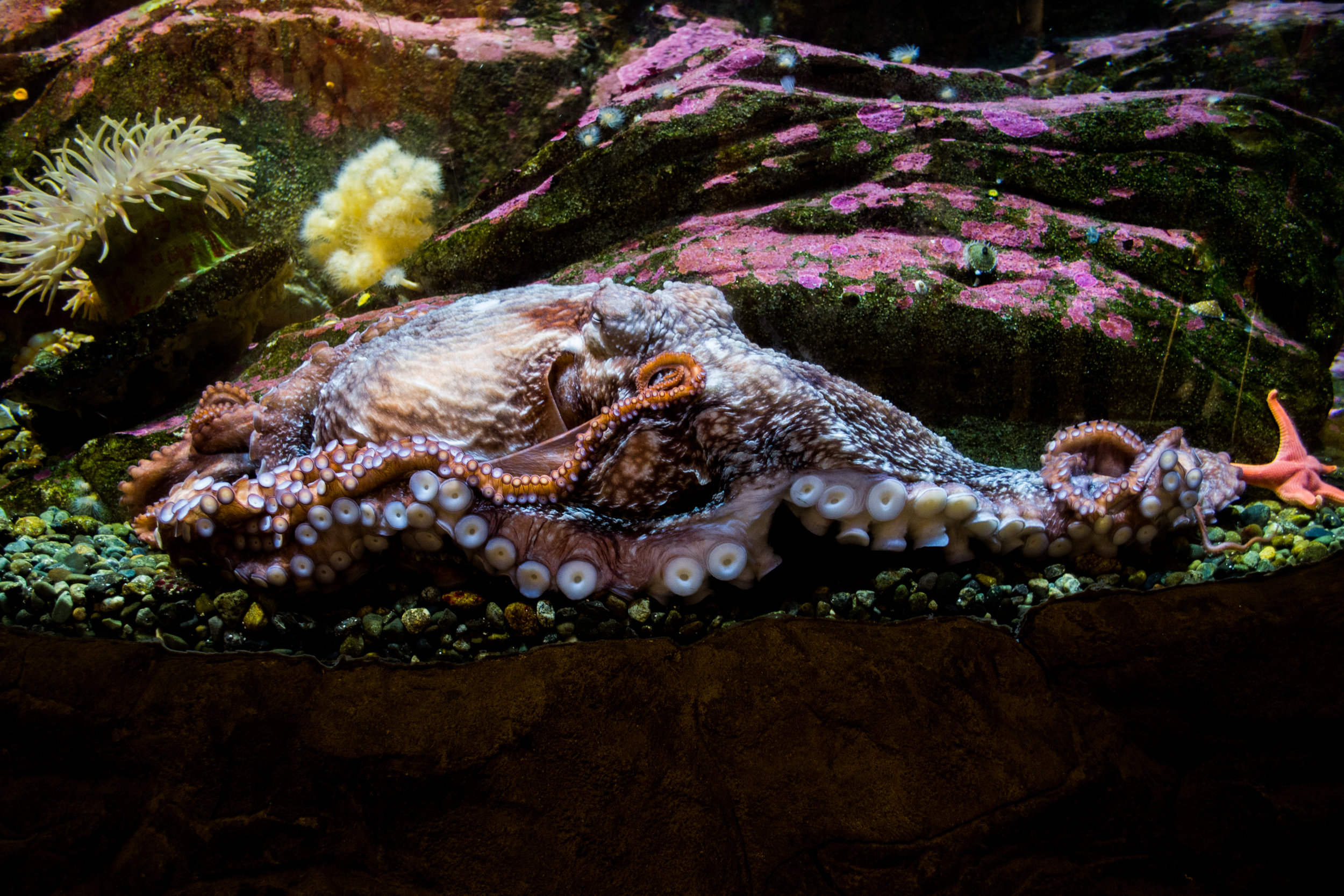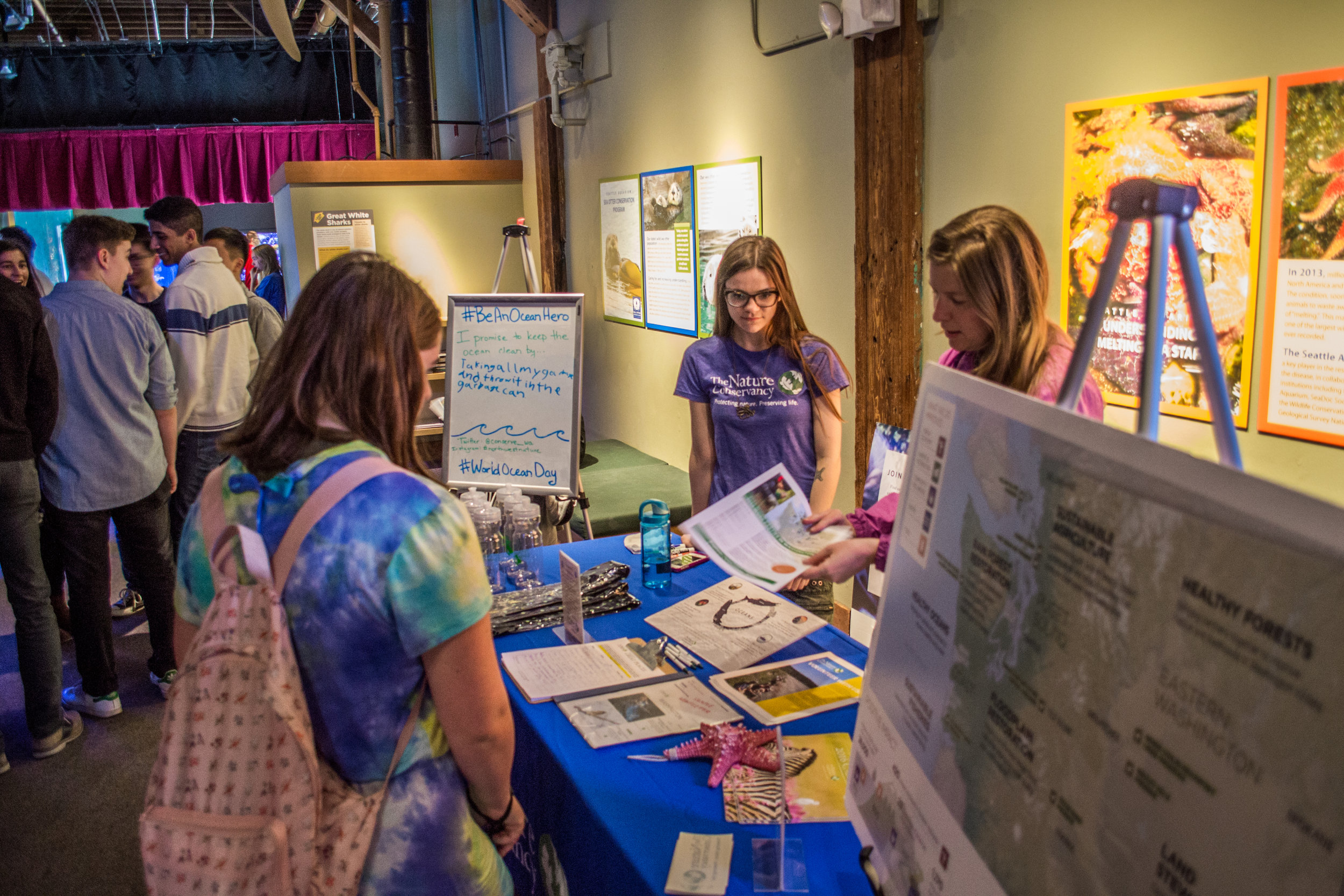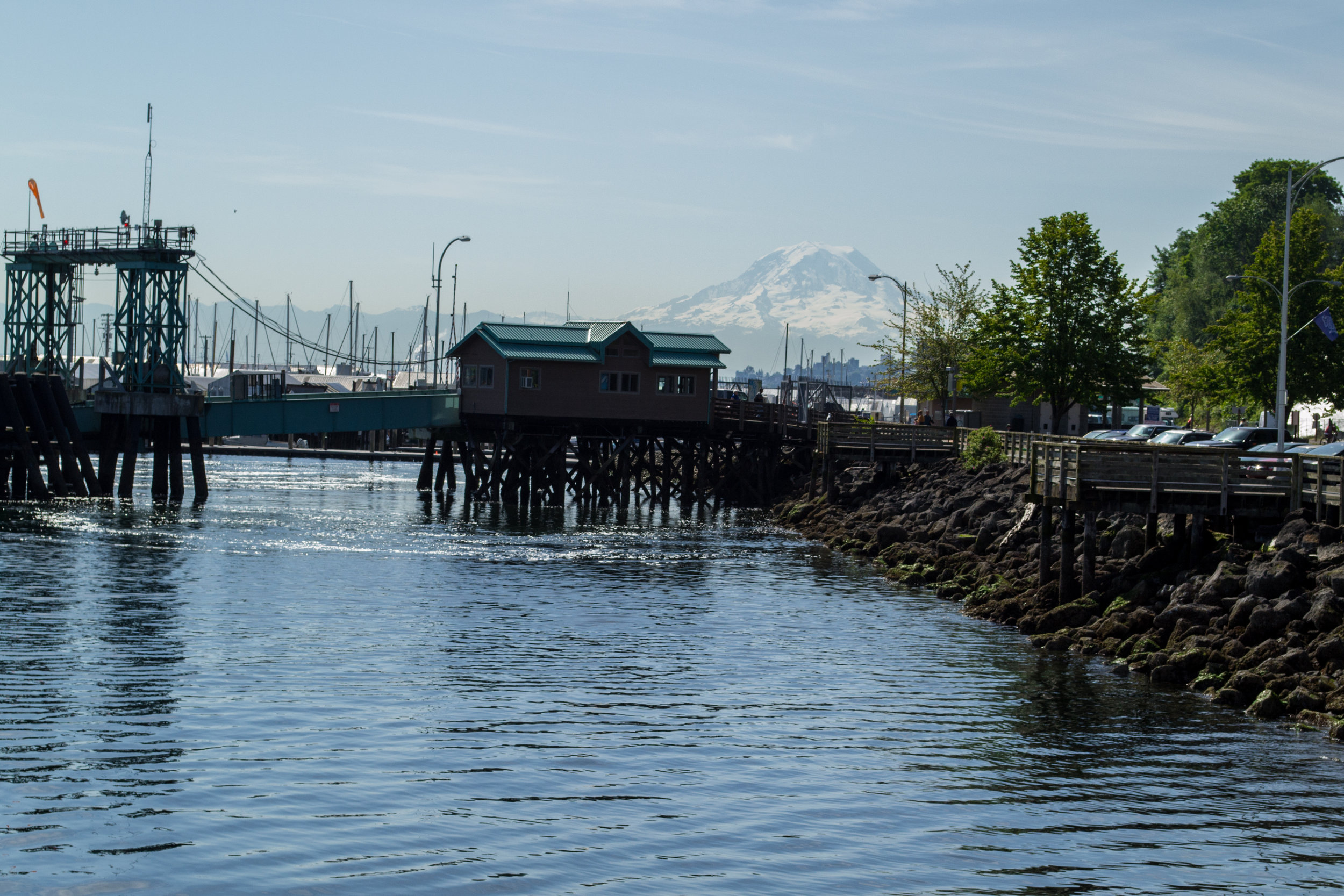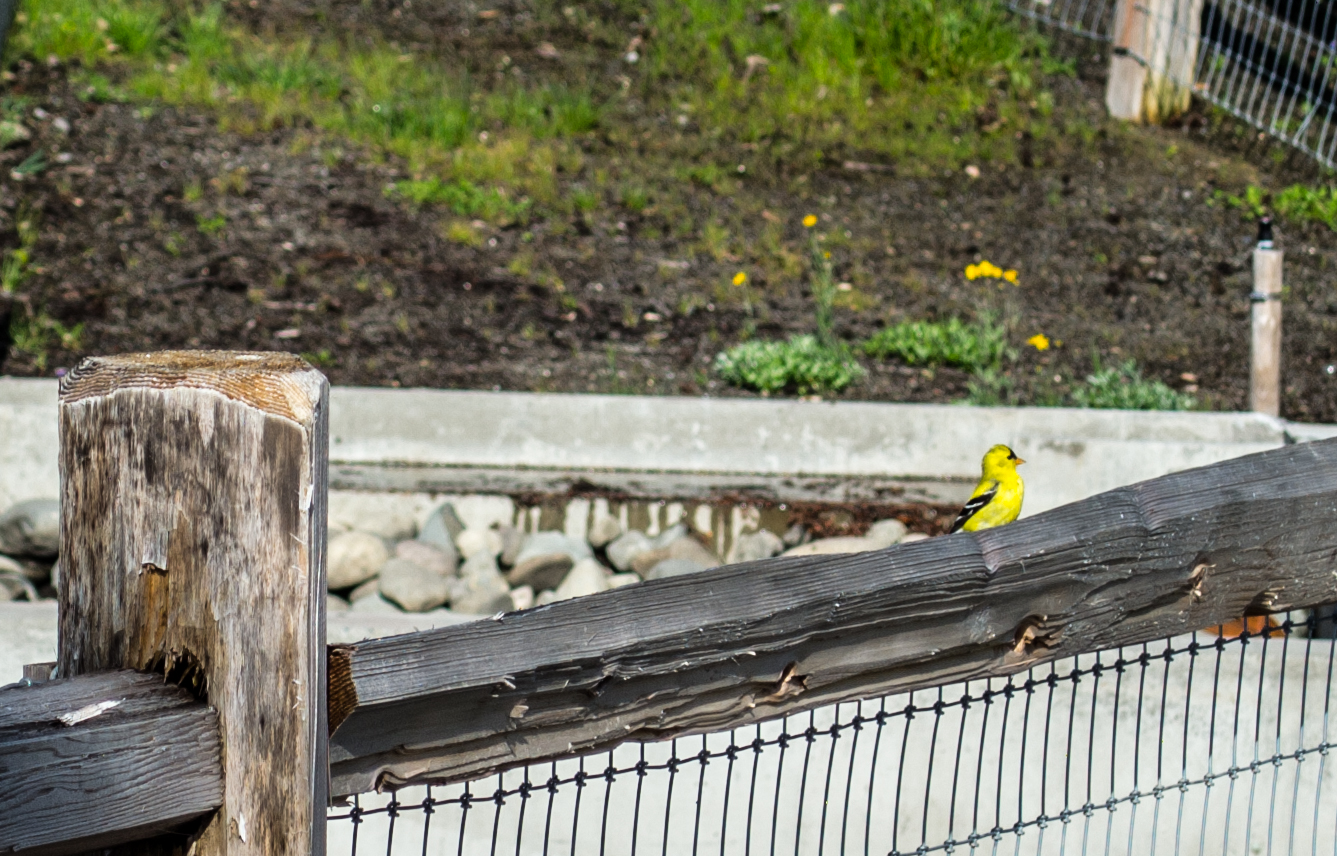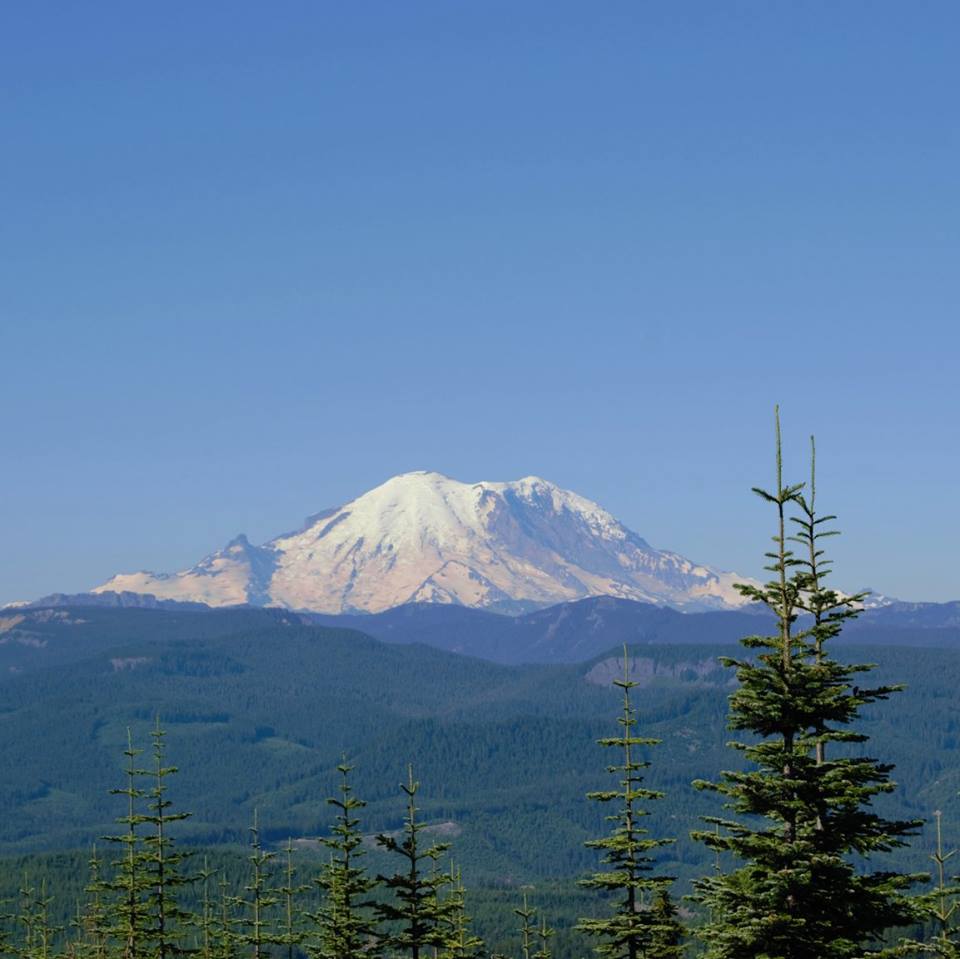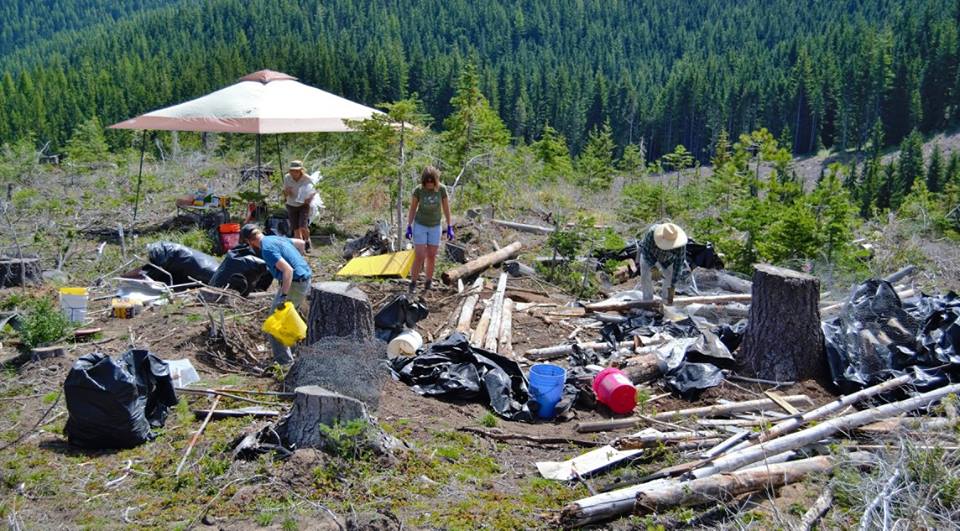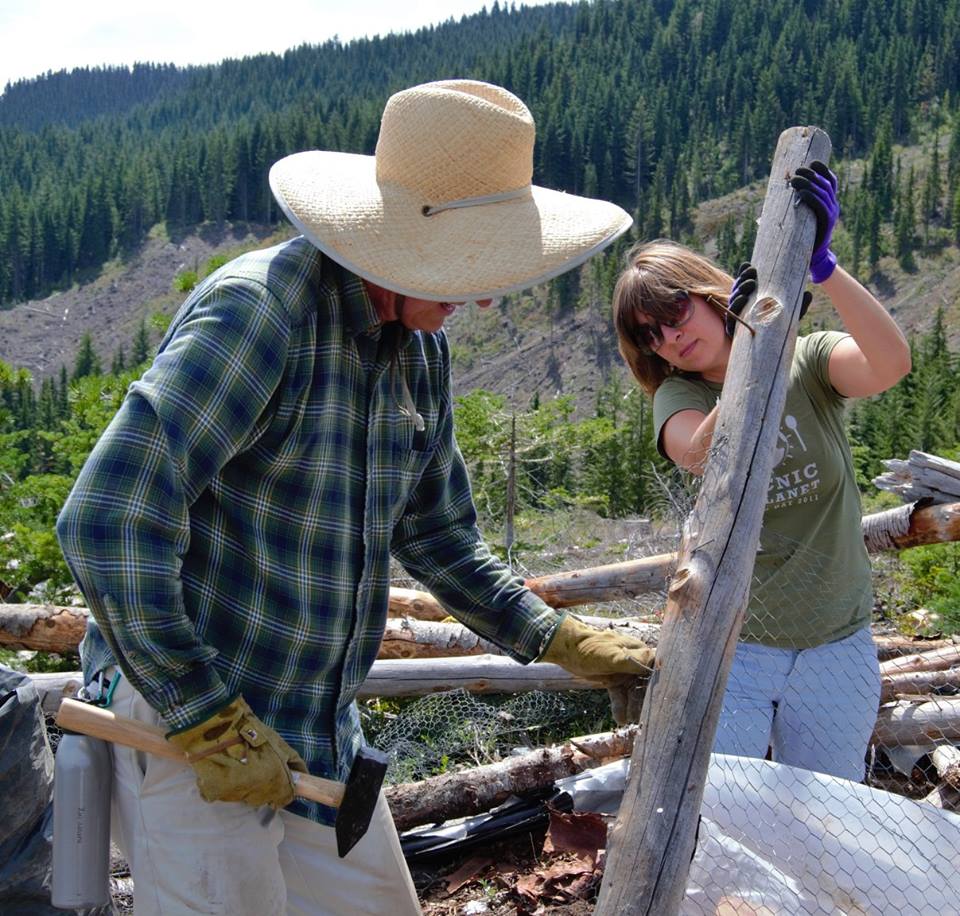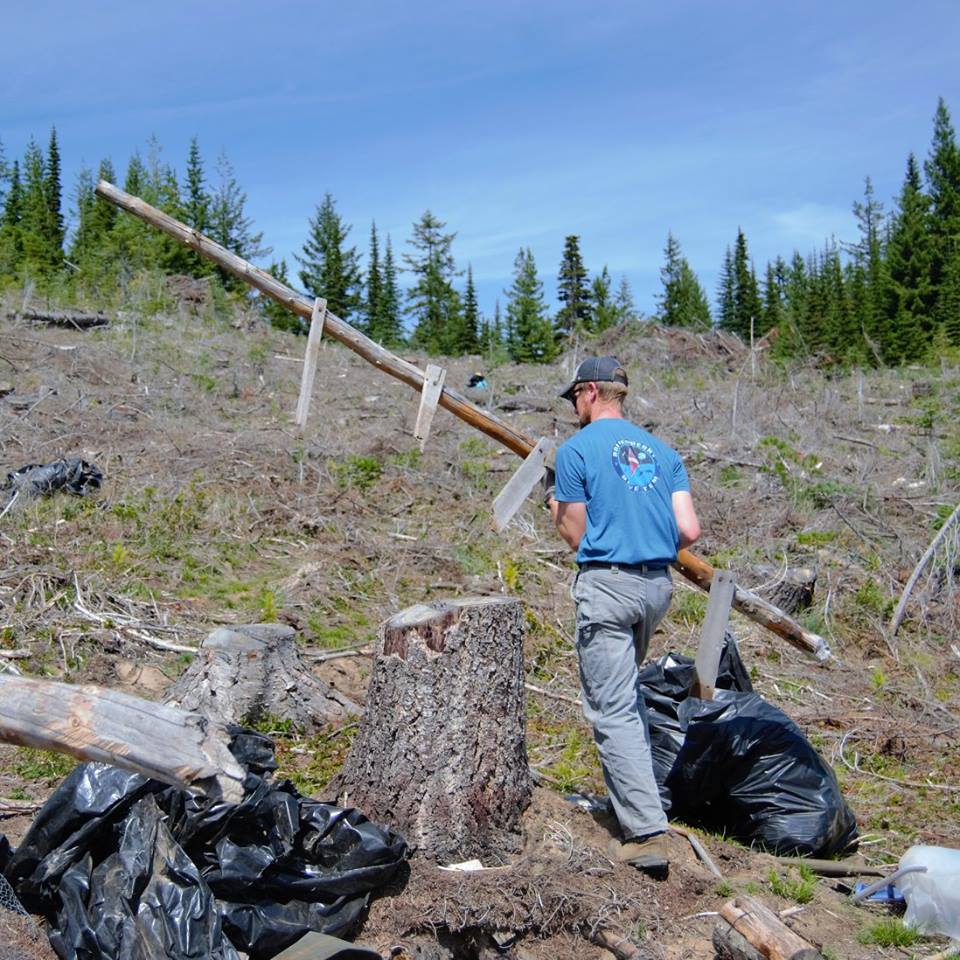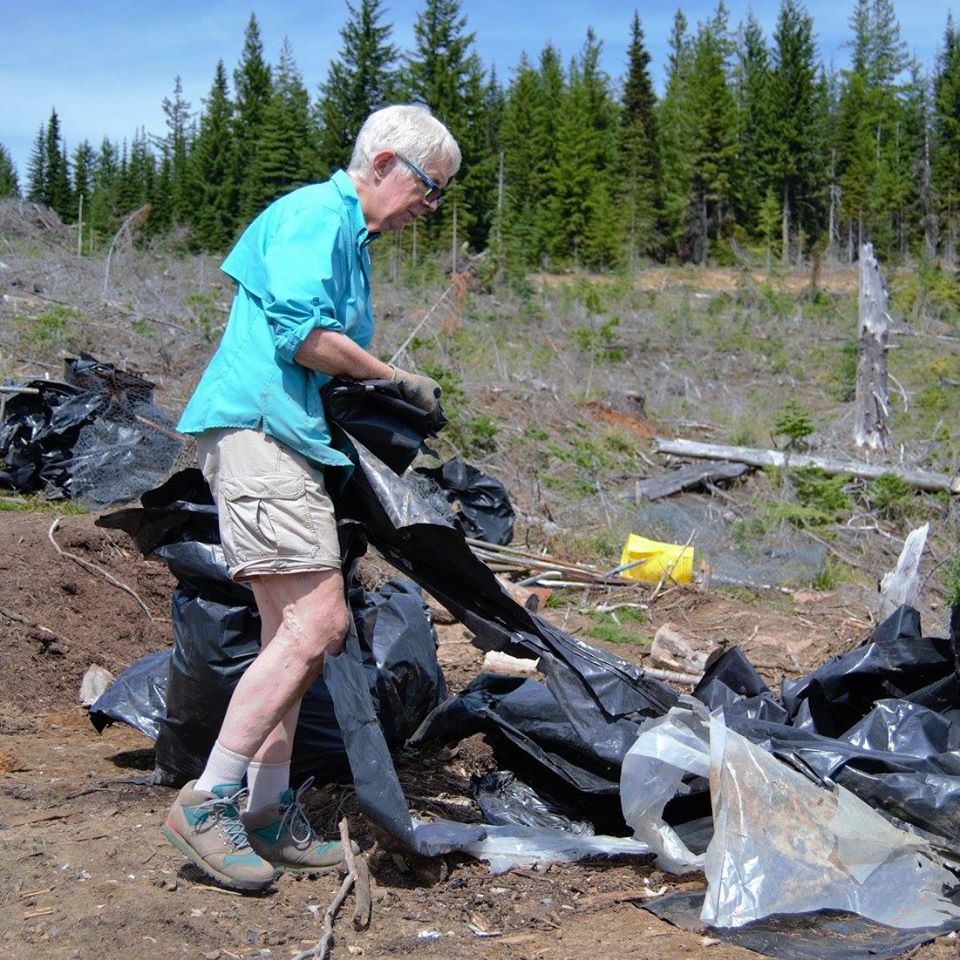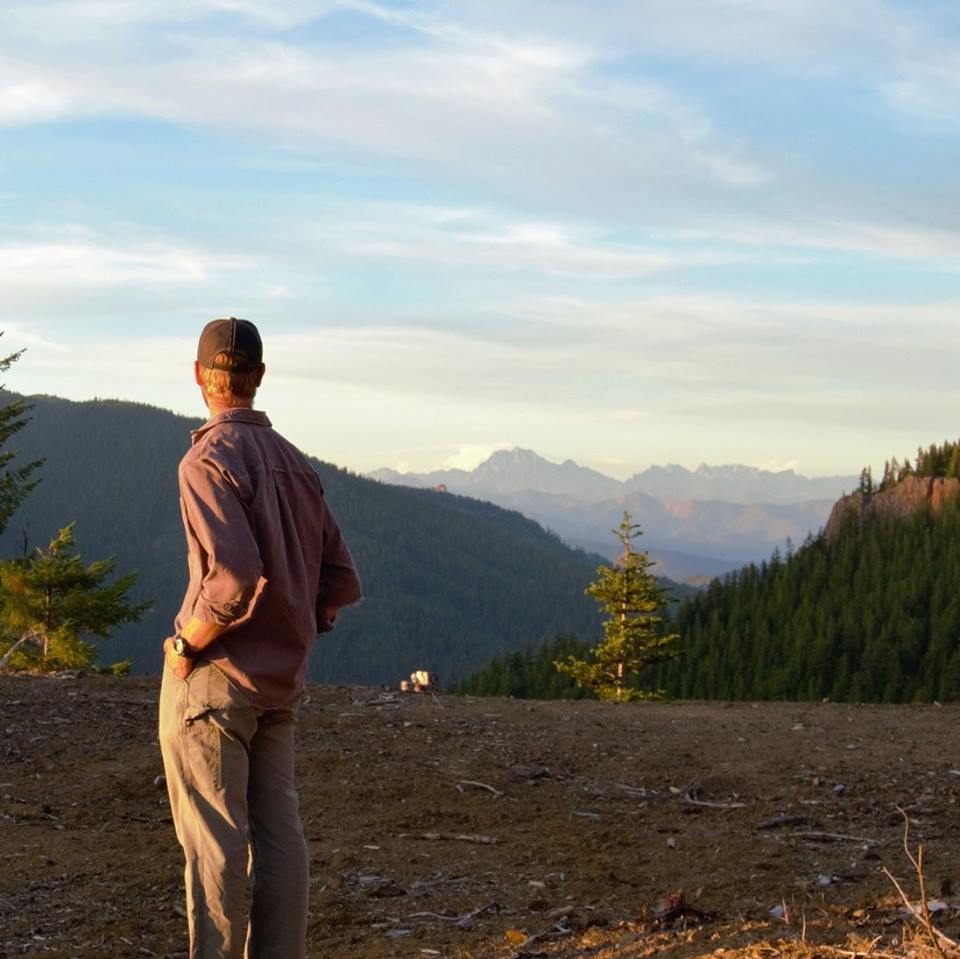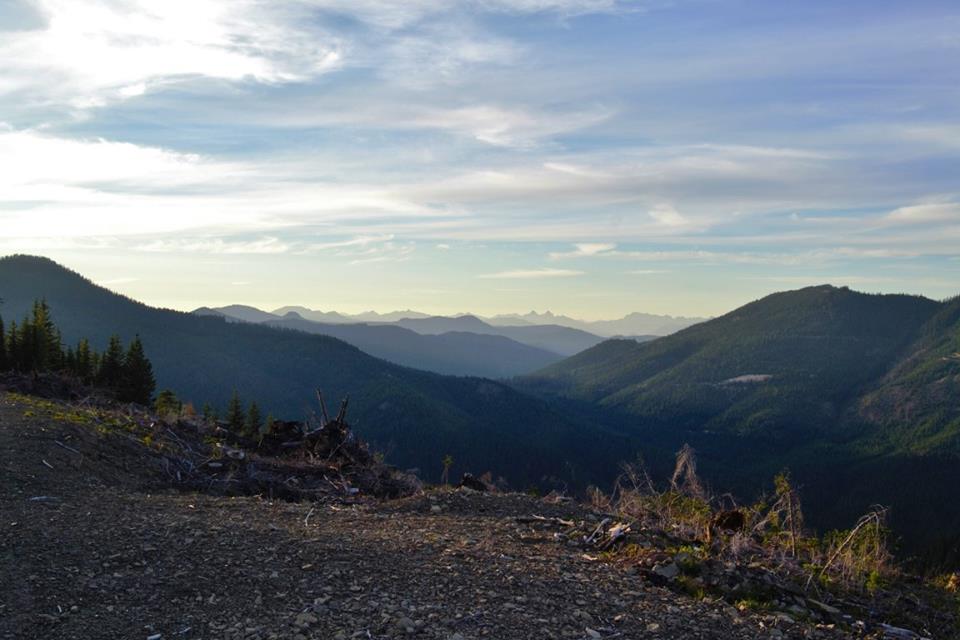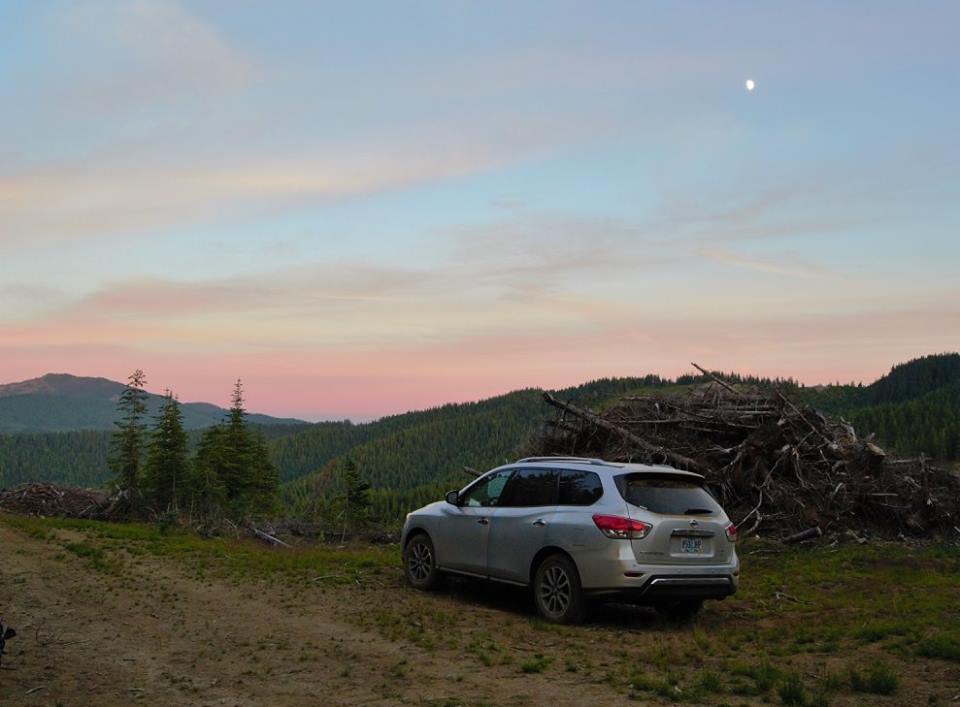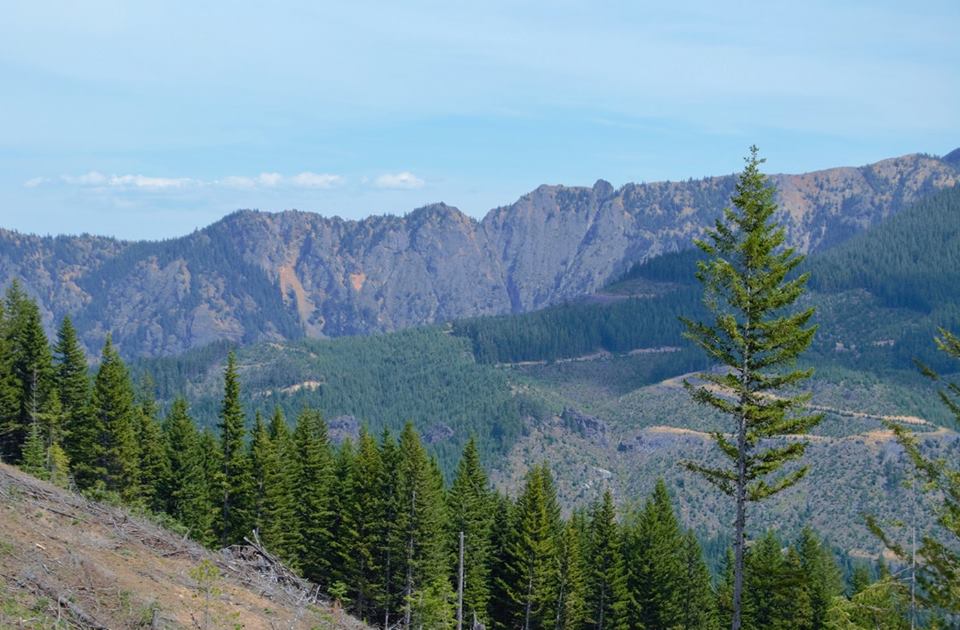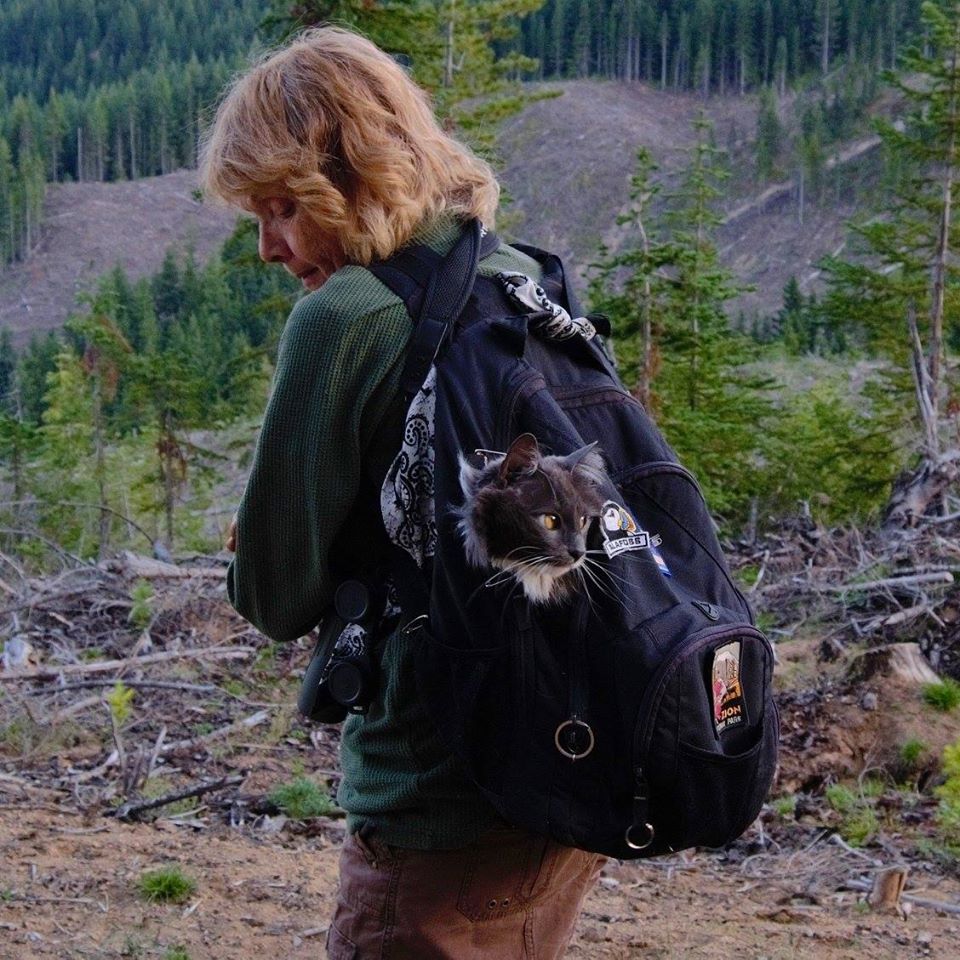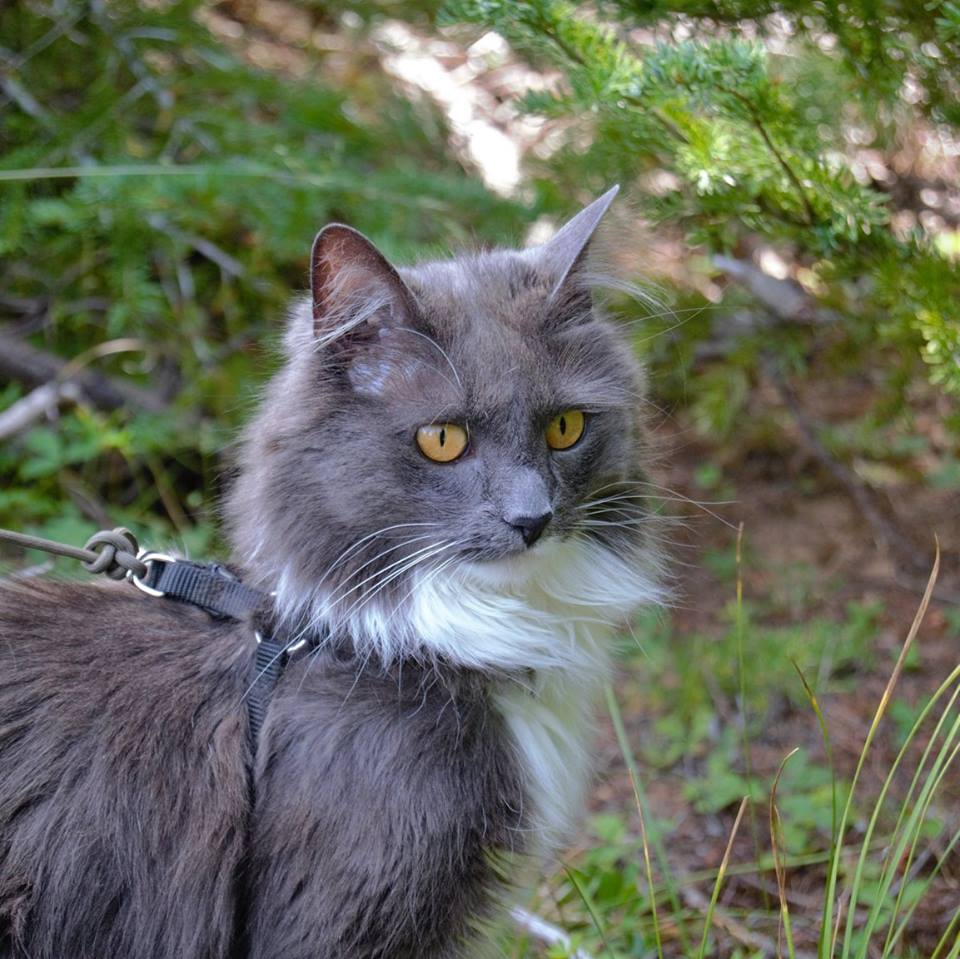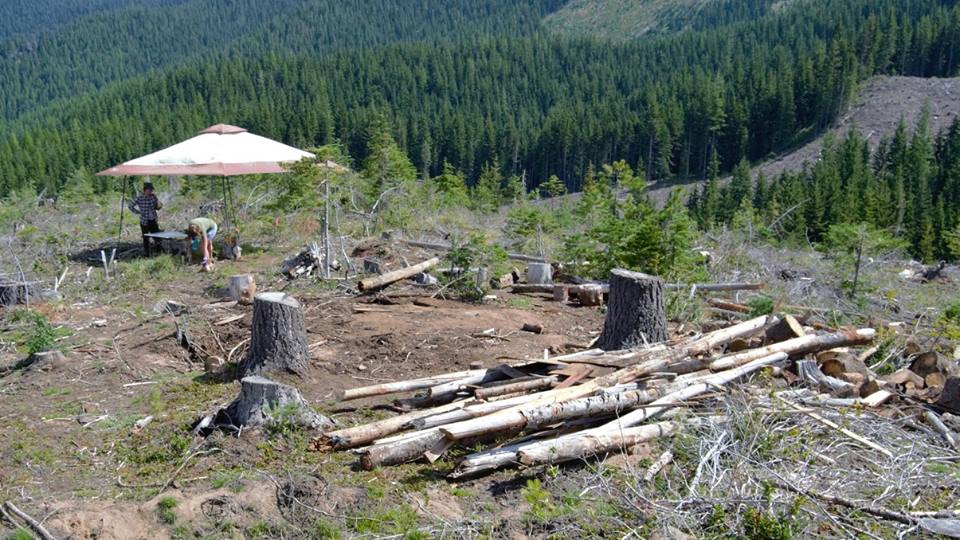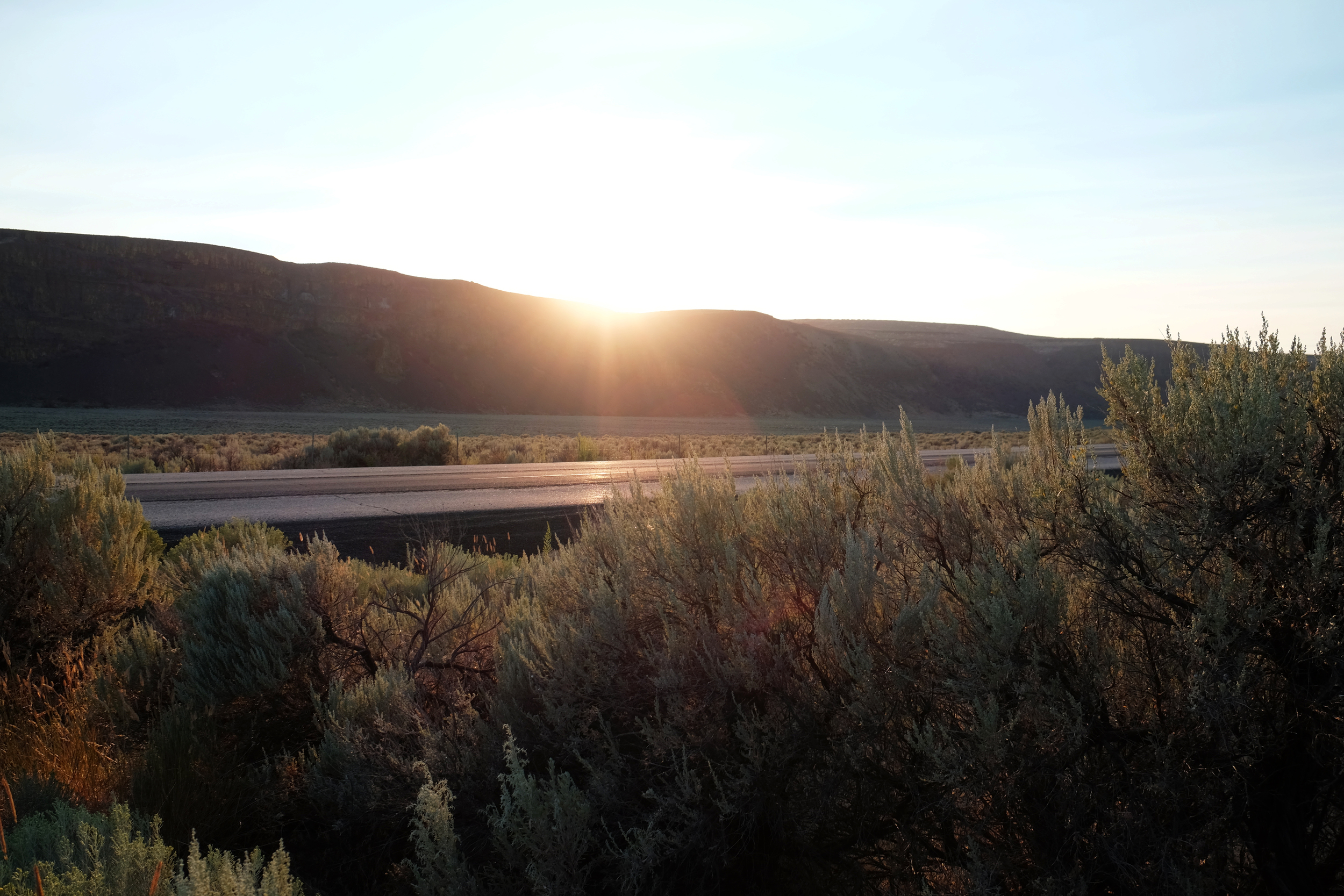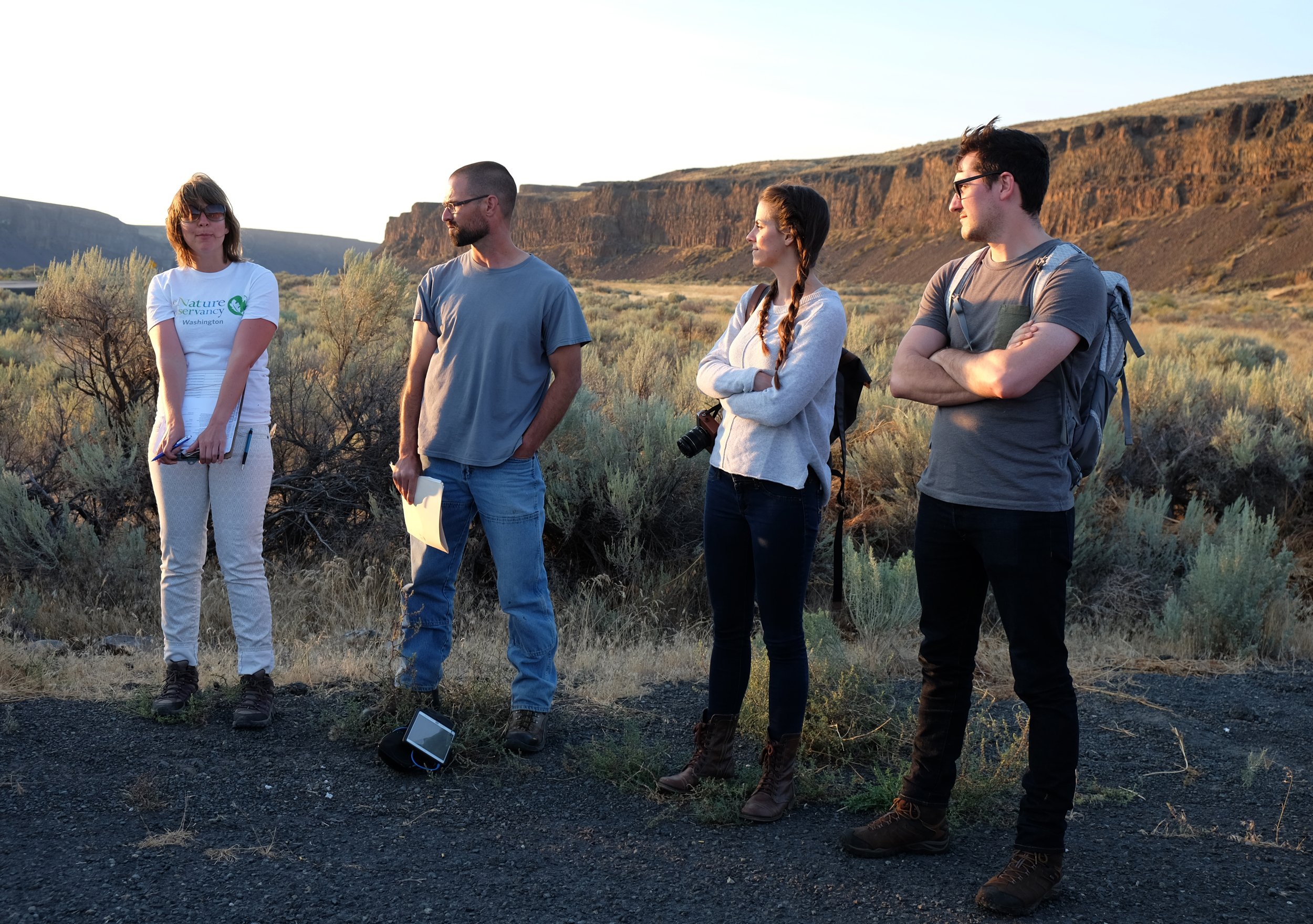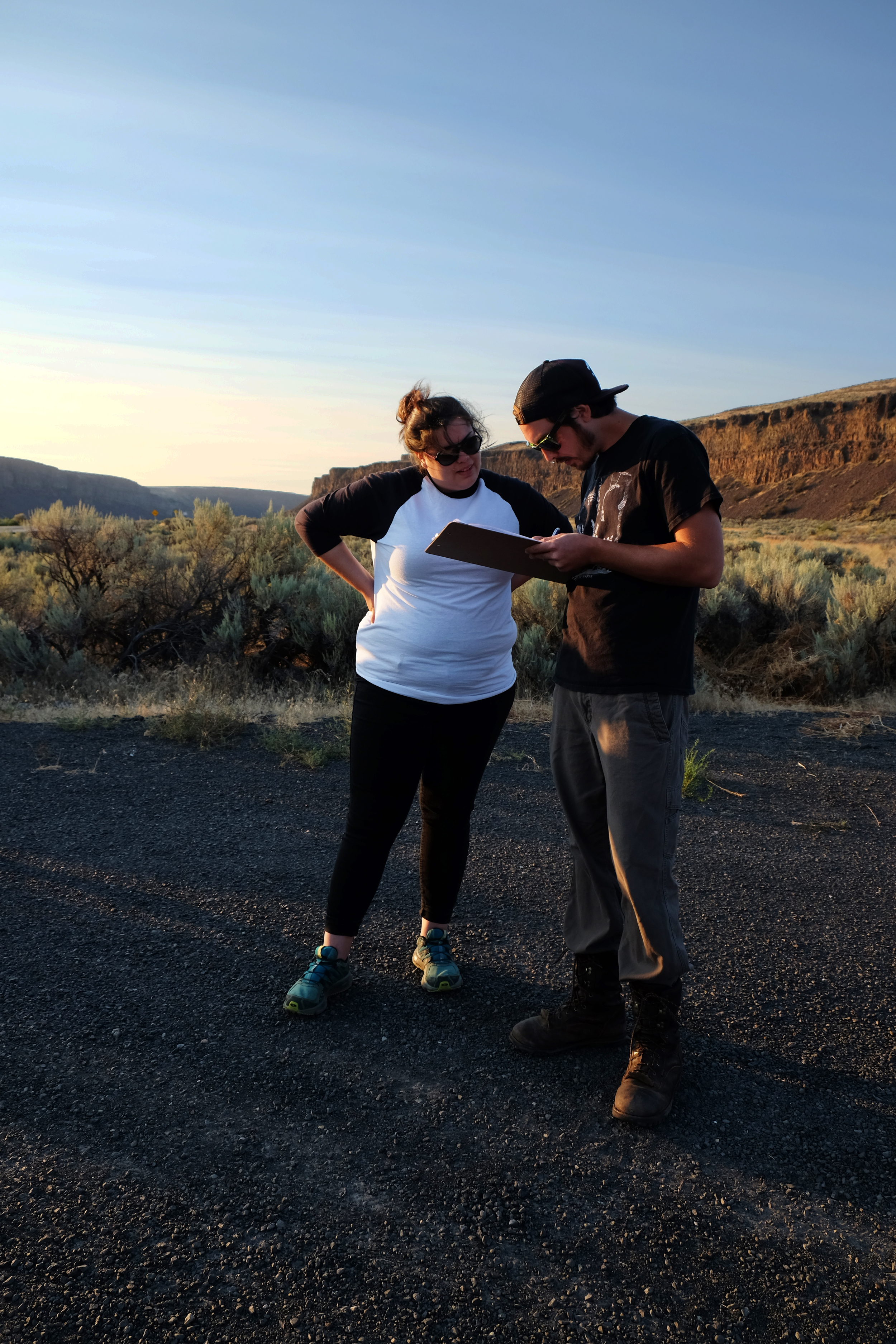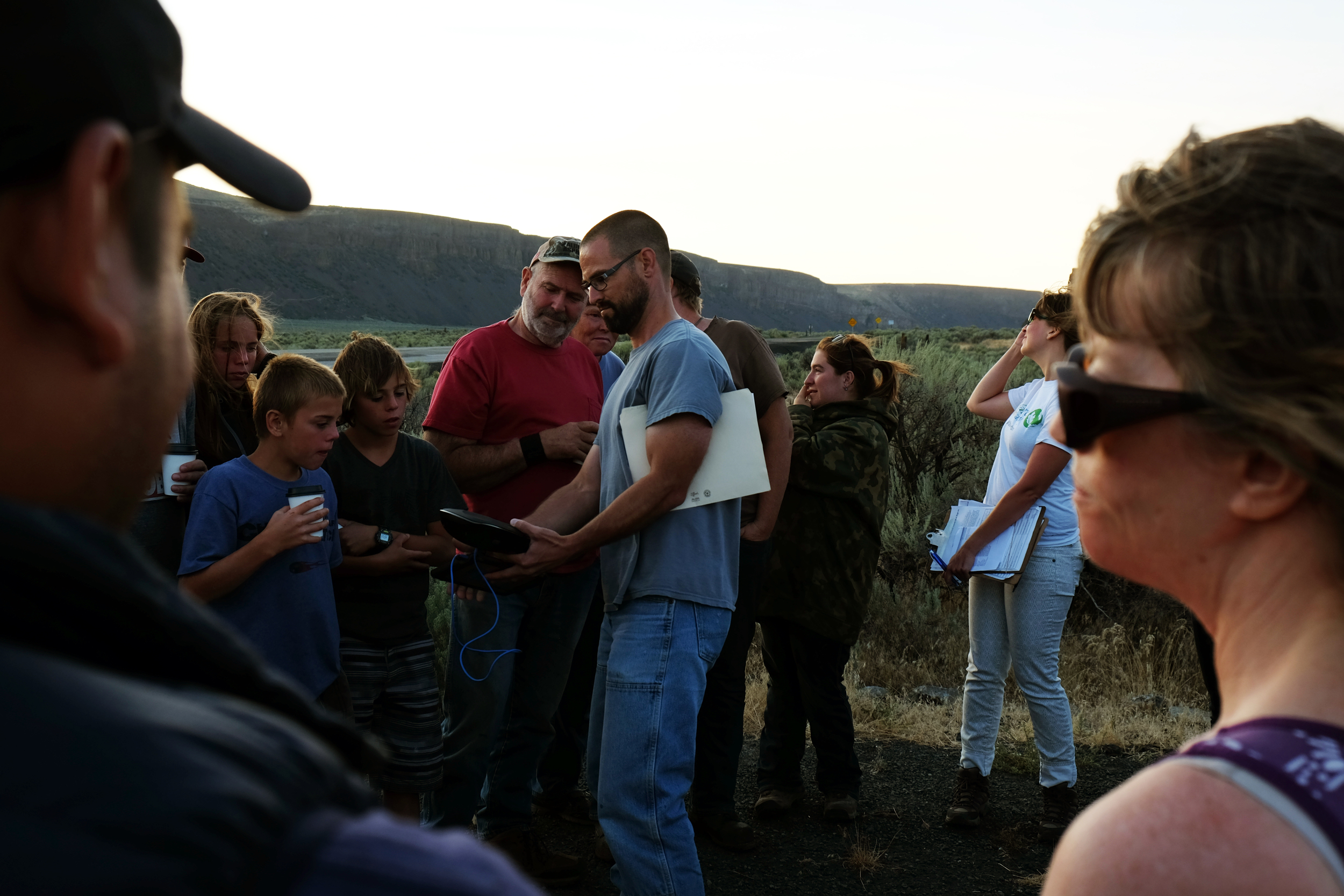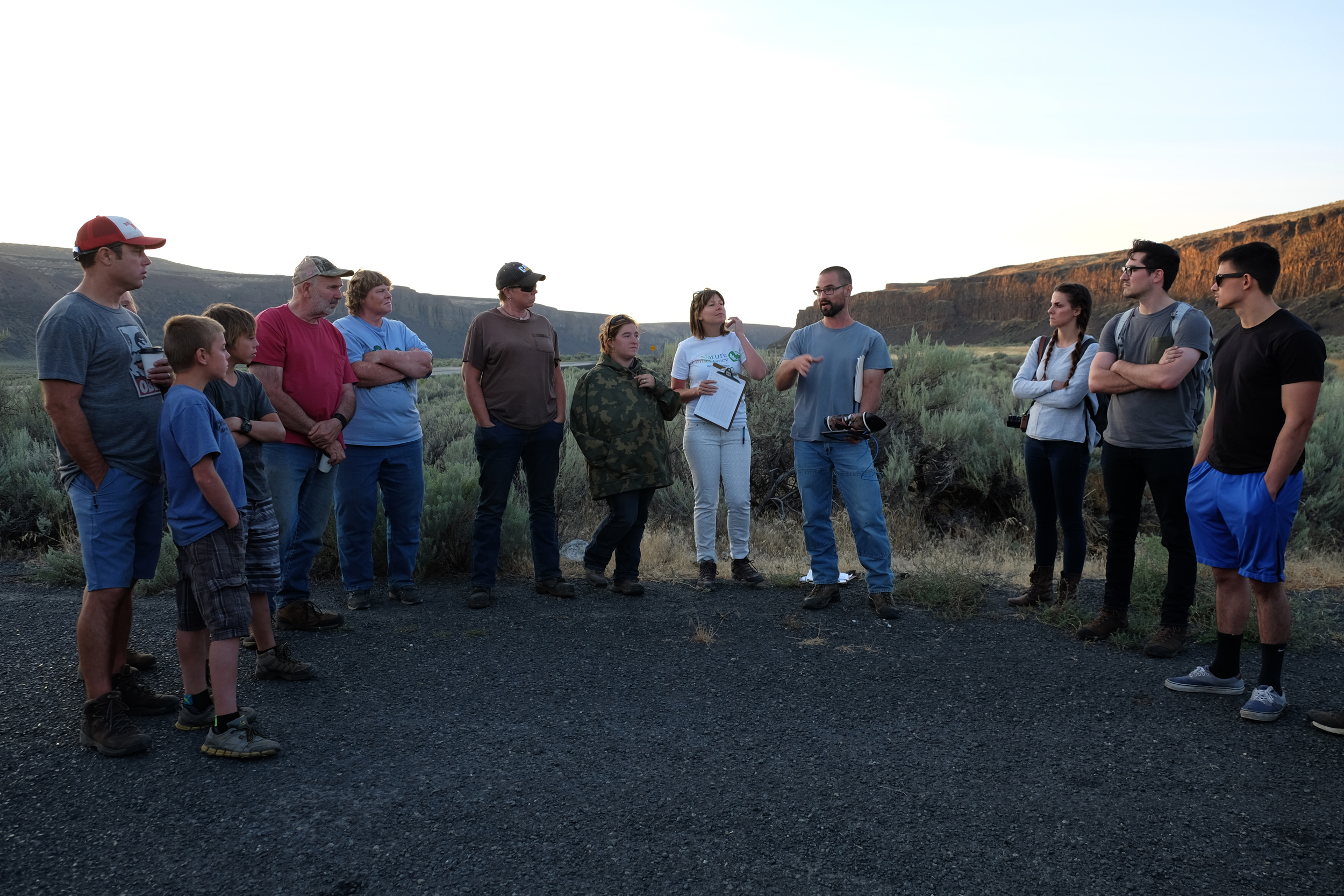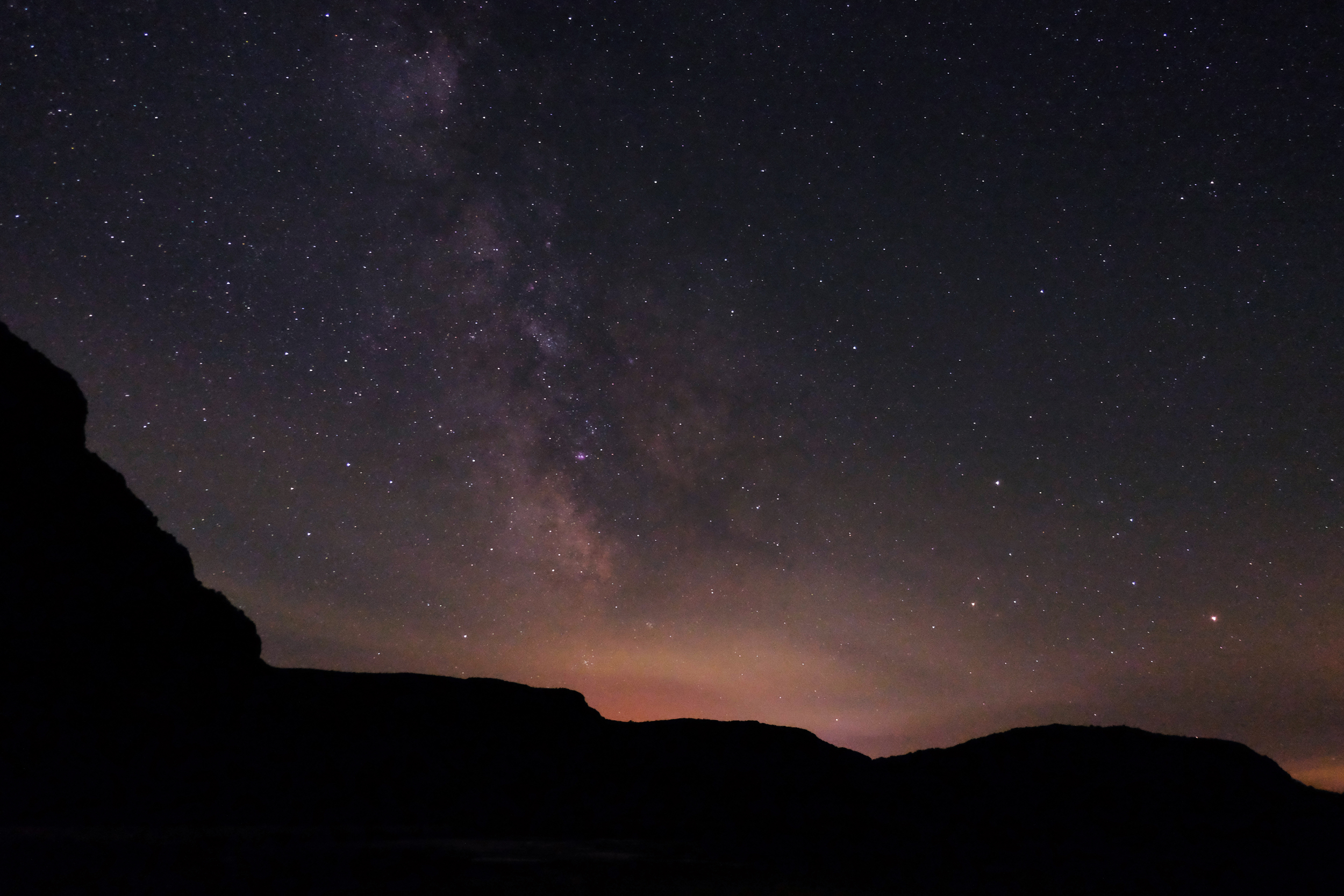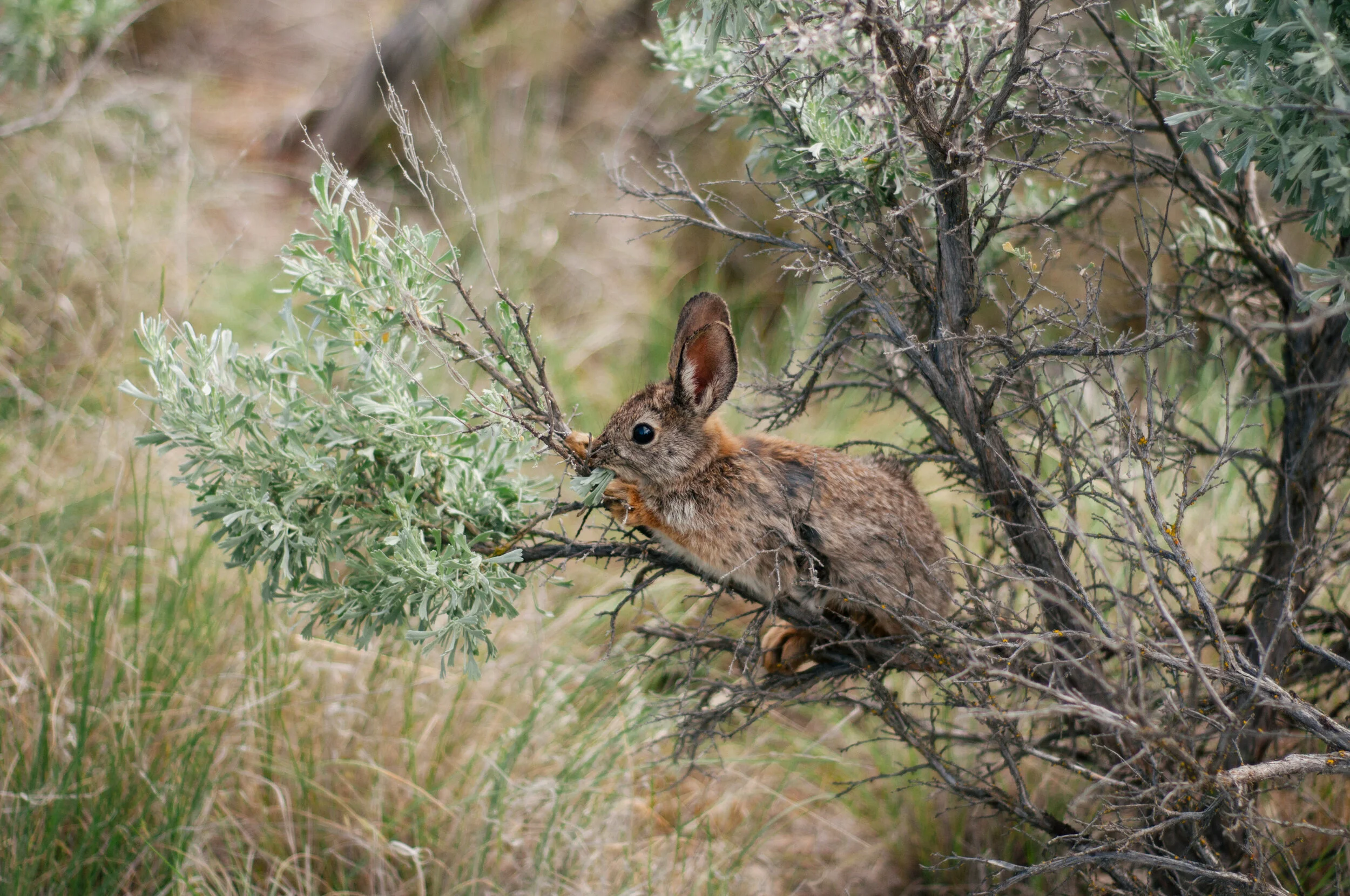The Nature Conservancy: What is your volunteer role? How long have you been volunteering with The Nature Conservancy? Do you volunteer anywhere else?
Al Frasch: In 2005, I was on a volunteer scotch broom pulling day up on Ebey’s Bluff on Whidbey Island. We were picking everything we could find from new shoots an inch high to three foot bushes. This was the second of my times doing this, with the volunteer times being two years apart. Well, I foolishly said ‘well to do any good, someone should come out several times a year to make sure that none of the plants ever go to seed again.’ I was looked at by the leader of the Conservancy volunteer group with the ‘well why don’t you do it?’ I was stuck! And since then, I have been out several times a year - monthly at first, three times a year lately. The problem has been reduced to the point where I am able to do the “job” in a couple of hours where it was once much longer.
I have volunteered for many TNC activities when I can. The most fun has been the many times that I have had the privilege of going out to Yellow Island - such a beautiful place! The limiting factor is that coming from Whidbey Island, it is a bit of a hassle just to get to some of the volunteer locations. I have done the 2 hour each way trip to Livingston Bay on three occasions, and have had a great time!
TNC: Where are you from? How long have you been living in Washington?
AF: I am a born and bred Washingtonian and have lived here for all but 4 1/2 of my 67 years.
TNC: Anything about your career or schooling you would like to share?
AF: After graduating as a proud Husky from the UW, I had the pleasure of being a middle school and high school mathematics teacher for 30 years and retired from Cascade High School in the Everett School District.
TNC: What inspired you to start volunteering with The Nature Conservancy?
AF: After retiring, I looked for an organization to volunteer for that represented my own views of how to make this world a better place. The first activity was a planting of native flowers on Ebey’s Bluff. I worked very hard and was hooked.
TNC: What gives you the most hope for the future?
AF: Don’t know if it will happen, but I certainly hope that our nation will wake up to the fact that we must confront the role that humans are having in the degradation of our environment and the changing climate. For some of our politicians to act as though global warming does not exist is short-sighted and on the same level as the tobacco companies who denied the effects of tobacco products so as to continue to make profits.
TNC: What's your favorite thing to do when you're not volunteering?
AF: I am an avid model railroader, with a very large layout in the basement and do volunteering at the local, state and national level to help promote the hobby as a great retirement activity. My train layout is known regionally and nationally, which is quite rewarding.
TNC: How does volunteering make you feel?
AF: Tired. But, seriously, I feel very good to see that pile of scotch broom that was pulled and knowing that I am making a difference. Also, I am asked by many people who are walking the Ebey’s Bluff trail - if you haven’t been there, do it! - what am I doing and what is that strange tool? The weed wrench does look a little weird, but after explaining what I am doing, it is nice to have almost everyone say ‘thank you’ for my efforts.
TNC: What is your favorite Nature Conservancy preserve or project?
AF: Yellow Island! Anything that I am asked to do, from planting to cutting weeds to stacking wood from the tree cutting once.
TNC: What do you think the world will be like in 50 years?
AF: Warmer, more crowded, but, hopefully, with both curves past the inflection point and under control.
TNC: Who is your environmental hero?
AF: Al Gore, the 43rd President. . . er, oops . . . anyway, because he has at least helped to highlight the problem we have with mankind’s heating of the world.
TNC: Have you ever convinced someone to do something they didn't want to do?
AF: Besides a hundred to hundred and fifty kids each day to do their homework? No, I try to inform people as to the facts and let them decide. In this post-factual climate, this is getting harder.
TNC: Is there anything you would like to see The Nature Conservancy doing that we are not already doing?
AF: TNC needs to create more “custodians” of areas like I do on Ebey’s Bluff. I think that my 10+ years have shown the positive effect of having someone local to go out several times a year to work on their own time. Much more flexible for the individual and they can get a better handle on the situation than a group coming out every couple of years. I know very precisely where to look and how far down that darn hillside I need to go. Now if those seeds weren’t viable for so many years!
TNC: Keep up the great work Al! We definitely want to recruit more volunteers like you. And we would love to see that model train setup!





















